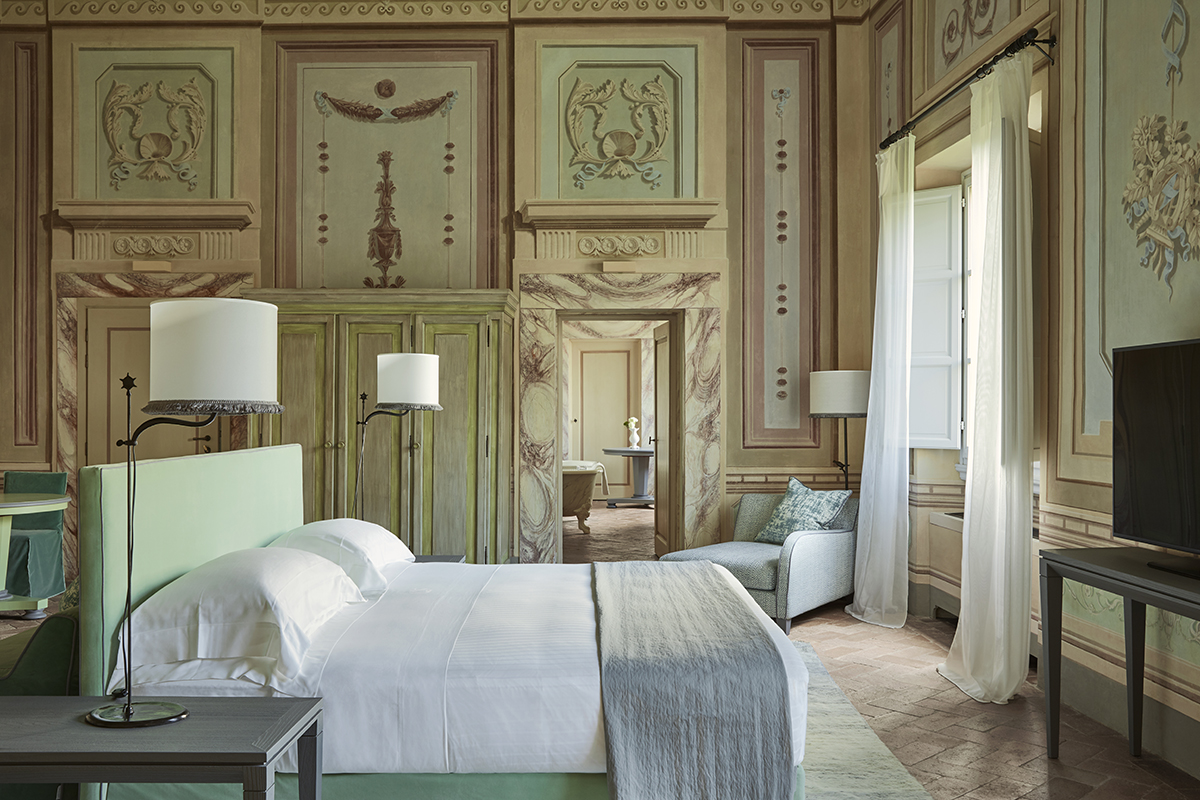
The Heritage Suite Bedroom at Castello Del Nero, Como Group’s latest opening in Tuscany
Olivier Jolivet has sat at the helm of COMO Group since 2017. He oversees the COMO Hotels and Resorts portfolio across 15 locations, and masterminded the launch of Castello Del Nero, the group’s first property in continental Europe. Here, Jolivet tells Chloe Frost-Smith why the luxury travel industry will see an increasing demand for small hotels, private residences and wellbeing experiences this year
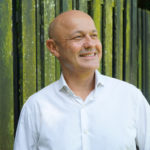
Olivier Jolivet
LUX: What sets COMO apart from other luxury brands?
Olivier Jolivet: COMO and its businesses are unique in the luxury landscape. Since its inception, the shareholders stayed the same, which provides stability to the organisation and the opportunity to think long term. It’s a massive competitive advantage, especially when recruiting the right talents. COMO is not only a brand, it’s a ‘lifestyle‘ and this why we have invested in fashion, wellness, sport and will continue to do so in the future.
Follow LUX on Instagram: luxthemagazine
LUX: COMO is currently reopening properties in select destinations after temporary closure due to the pandemic. How’s that going?
Olivier Jolivet: One of our founding purposes at COMO has been our 25-year commitment to holistic wellbeing among customers, staff and the communities where we operate. As our properties re-open, we continue to adjust measures to remain in line with different government guidelines, and when we are in doubt of guidelines, we will always go further to ensure the safety of staff and guests.
In the long term, health isn’t ever a quick fix ,but a life-long commitment. This is the driving force behind COMO Shambhala – the wellness heart of COMO, which has always prescribed an integrative approach to wellbeing.
LUX: Can you tell us a bit about the launch of COMO Shambhala By My Side?
Olivier Jolivet: COMO Shambhala By My Side is an innovative digital wellbeing companion, launched by COMO Group’s holistic wellness brand, COMO Shambhala, to bring wellness programmes and personal consultations into homes around the world. The online platform brings together the holistic expertise honed at both COMO Shambhala Urban Escape in Singapore, and COMO Hotels and Resorts wellness locations around the world. Through the digital platform users can access COMO’s rich network of international experts. COMO Shambhala By My Side provides a sanctuary for those who seek tranquillity and the inspiration to stay active during these uncertain times and beyond.
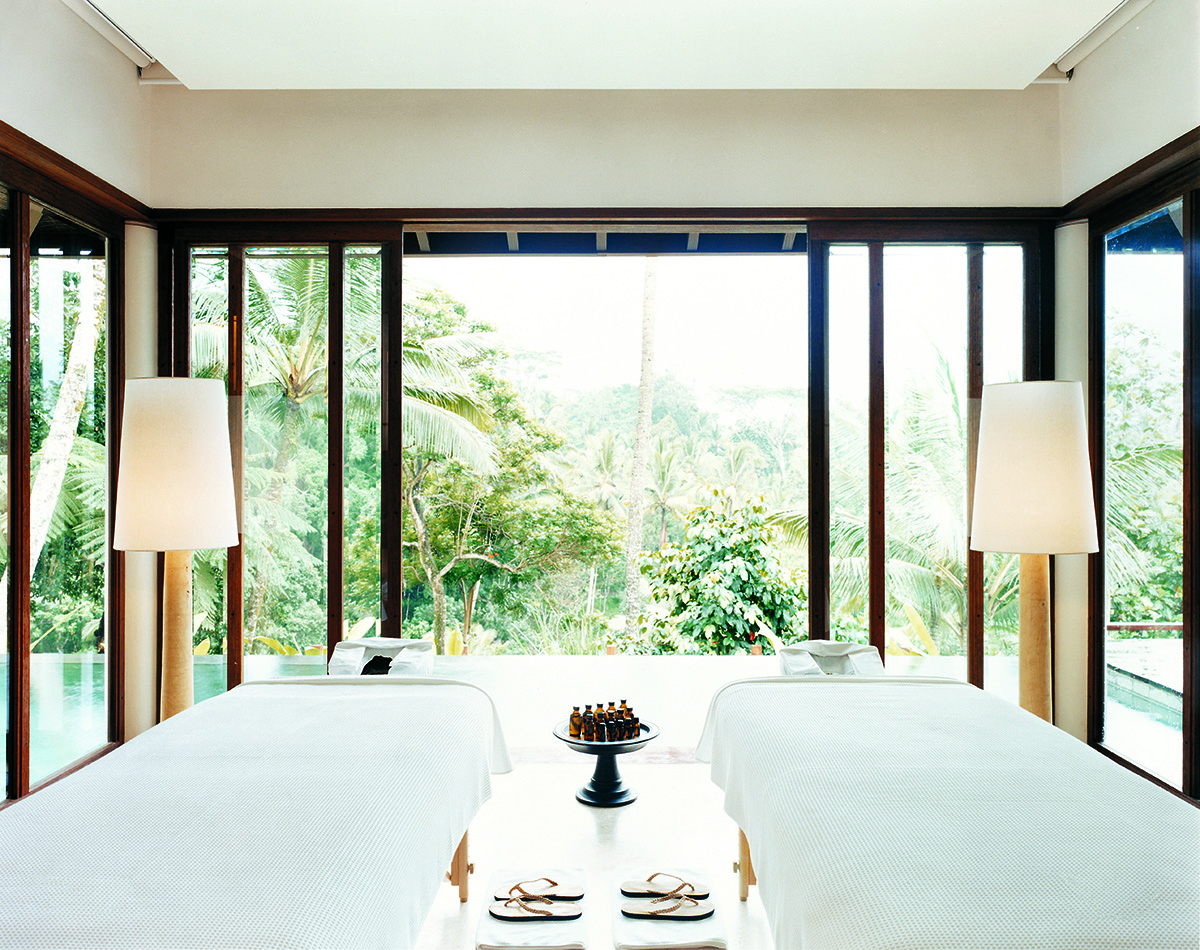
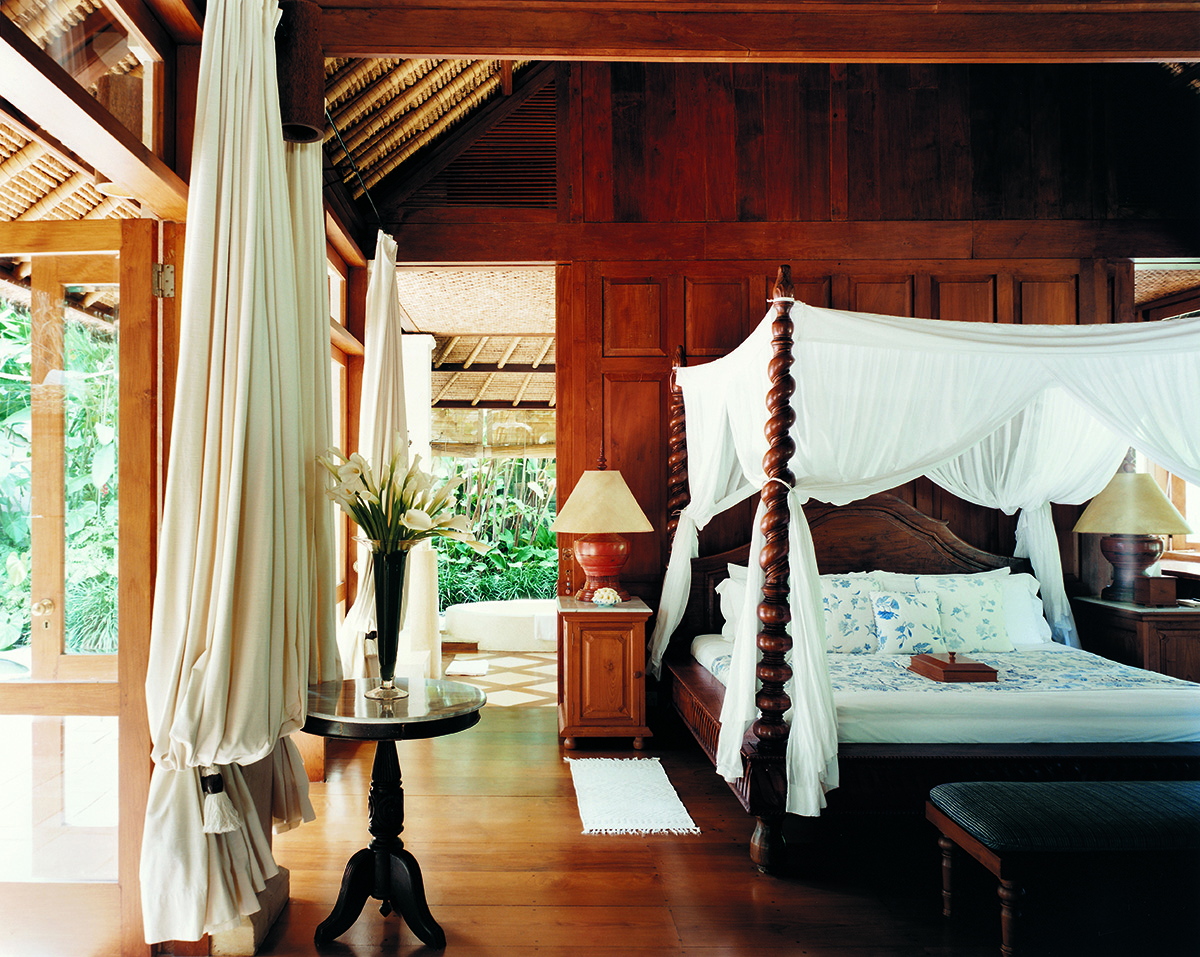
The Bayugita Master bedroom at COMO Shambhala Estate, and above, the treatment room in the retreat villa
LUX: What’s your approach to sustainability for now and in the future?
Olivier Jolivet: No matter the location, we operate with the belief that we can deliver unique experiences for our guests while operating sustainably. We reduce our consumption and source locally, managing our water and energy to minimise our impact on the environment. We celebrate local culture and support the domestic economy, offering immersive and authentic experiences. This is true for all the business we operate.
We have a long-term philosophy and sustainability has always been a key part of our make-up – we just don’t feel the need to shout about it.
Read more: Why Sofia Mitsola is one of our artists to watch in 2021
LUX: You recently oversaw the brand’s first venture into continental Europe, Castello del Nero. Why Tuscany?
Olivier Jolivet: When you want to be an international lifestyle brand, it is difficult to avoid Italy. Tuscany is one of the most amazing regions of Italy with its history, its landscape, its tradition and food. You will always have a strong local market and a great international appeal.
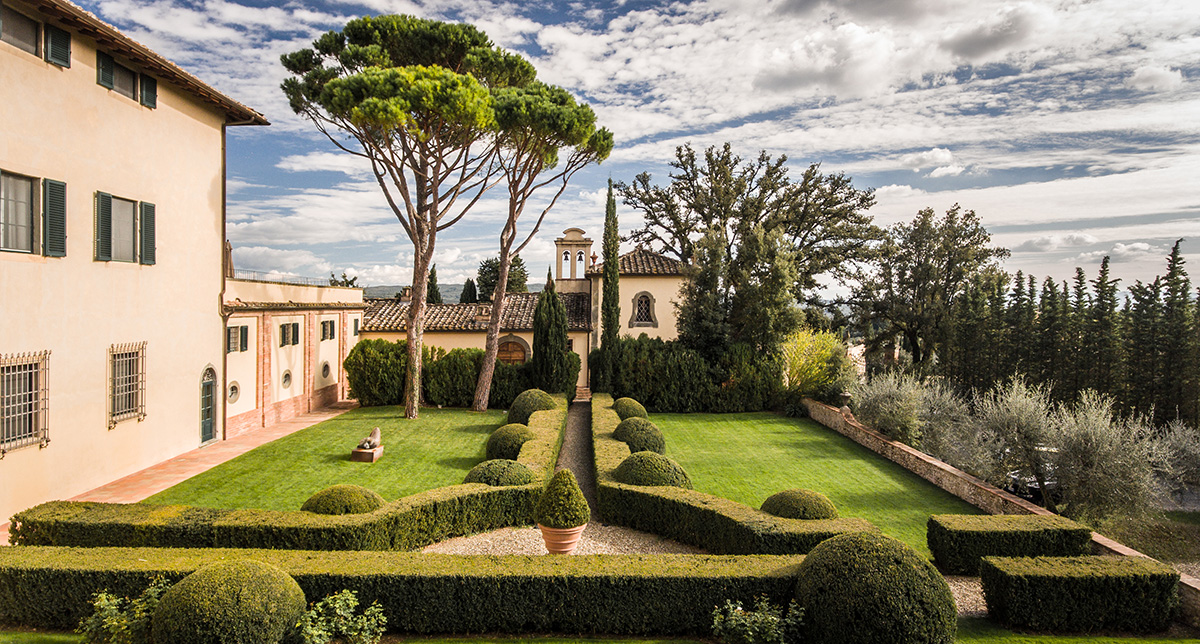
The exterior of the chapel at Castello del Nero
LUX: You have managed two luxury travel brands with Asia-Pacific origins – your current role with COMO and your previous position at Aman Resorts. Is this coincidence, or is there something in particular that drew you to these destinations?
Olivier Jolivet: Even if these two brands have the same geographical origin, they are very different in their conception and in their history, and yes, I was very curious about it. What drew my attention is probably the myth around them and their huge potential for growth.
Read more: Artnet’s Sophie Neuendorf on the rise of a new Renaissance
LUX: Bhutan is a relatively unusual country to have in the portfolio. What is your thought process when it comes to scouting out new destinations?
Olivier Jolivet: We look for destinations with soul. Our hotels inspire people to live fuller lives and make a meaningful difference by creating experiences worth re-living, whether it’s meditating at an ancient Bhutanese temple or diving with manta rays in the Maldives. Our guests want to satisfy their quest to explore our destinations with COMO.

A water villa at COMO Cocoa Island resort
LUX: How do you think the coronavirus crisis will affect the luxury travel in general and your group in particular?
Olivier Jolivet: Travellers will opt for smaller groups, more intimate locations and specialised offerings instead of 300-bedroom hotels. Our hotel business model has always catered to this, focusing on the soul of each destination, offering limited rooms and suites, and catering to those who seek to improve their wellbeing. For COMO, it’s not about long-term change; our core philosophy toward proactive wellness isn’t changing, it’s just never been more front of mind. We are successful not by chance, but because we continue with our vision.
LUX: What travel trends do you anticipate emerging in 2021?
Olivier Jolivet: I have always said that luxury has something to do with space and intimacy. It is now more relevant than ever, and small destinations will prevail. Travellers are on a pursuit for privacy and intimacy, and we’ve noticed an increased demand for our private villas and residences, as well as private, exclusive experiences. I also predict there will be a strong emphasis on people wanting a wellbeing offering.
LUX: Do you have any new developments in the pipeline?
Olivier Jolivet: We are focusing on developing our lifestyle component by investing into new trends, new businesses and new destinations. We’re also in the process of launching our COMO Club, with access to the world of COMO from hospitality to wellness, sport and fashion.
Find out more: comohotels.com
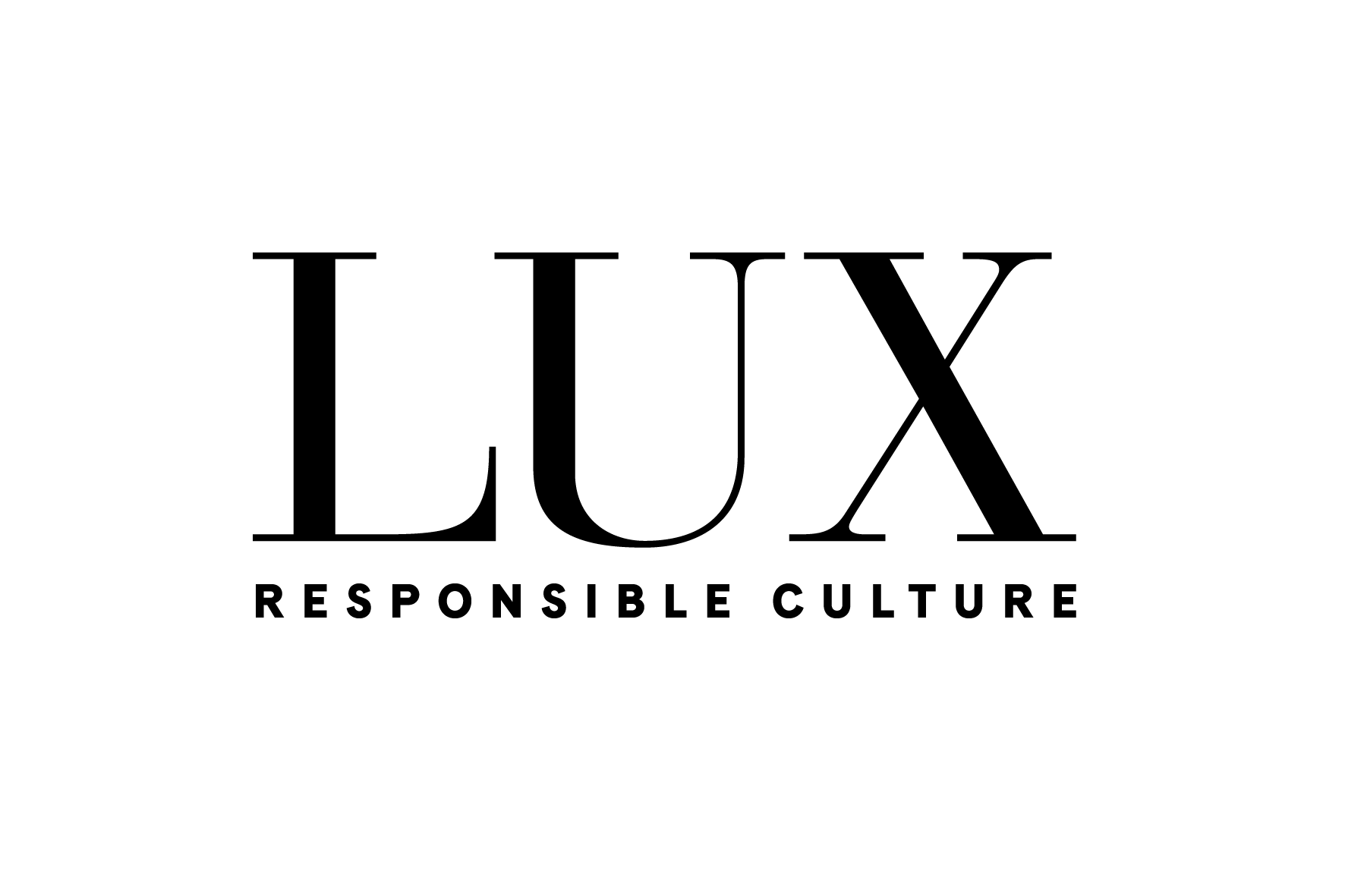

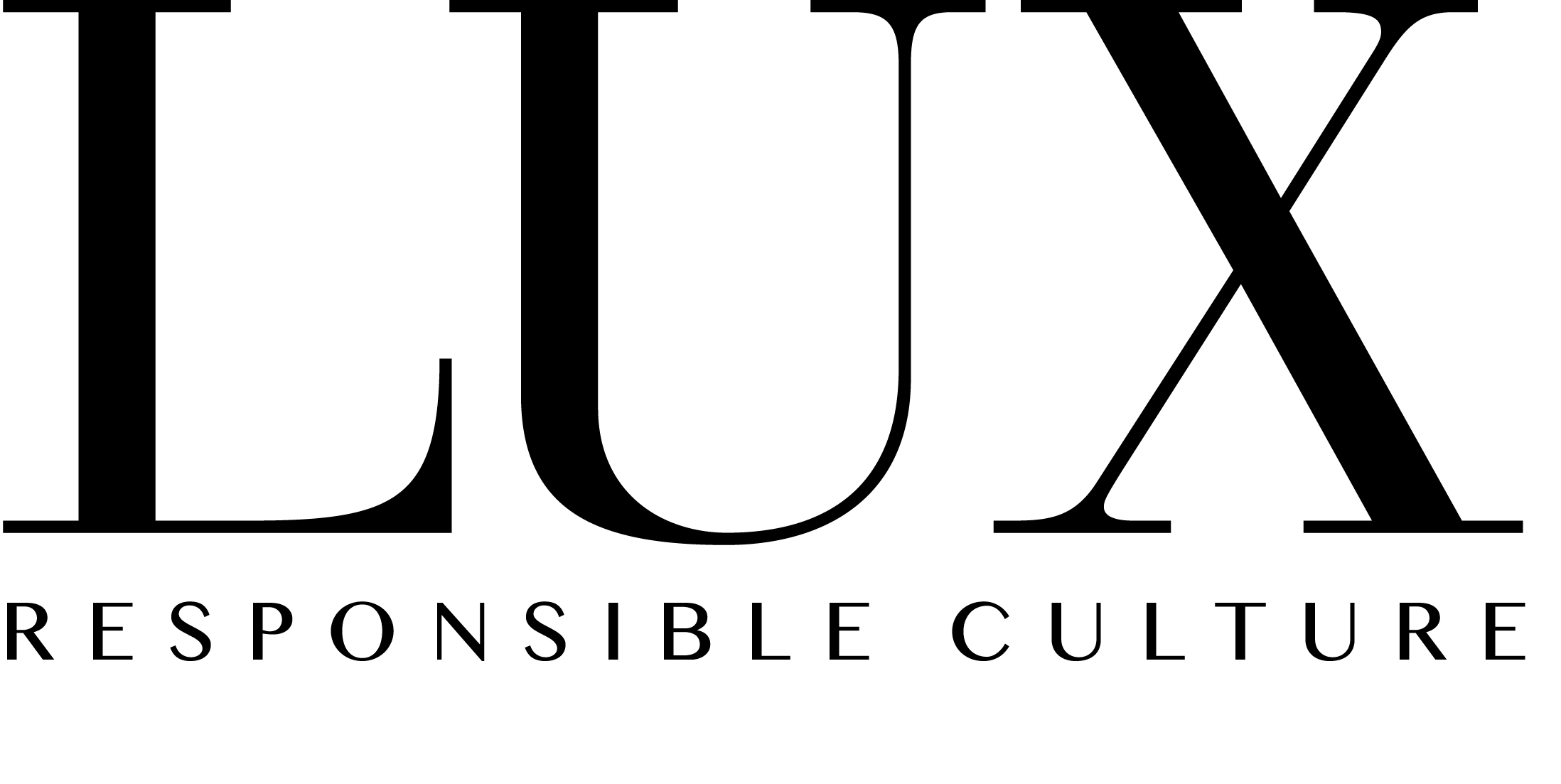

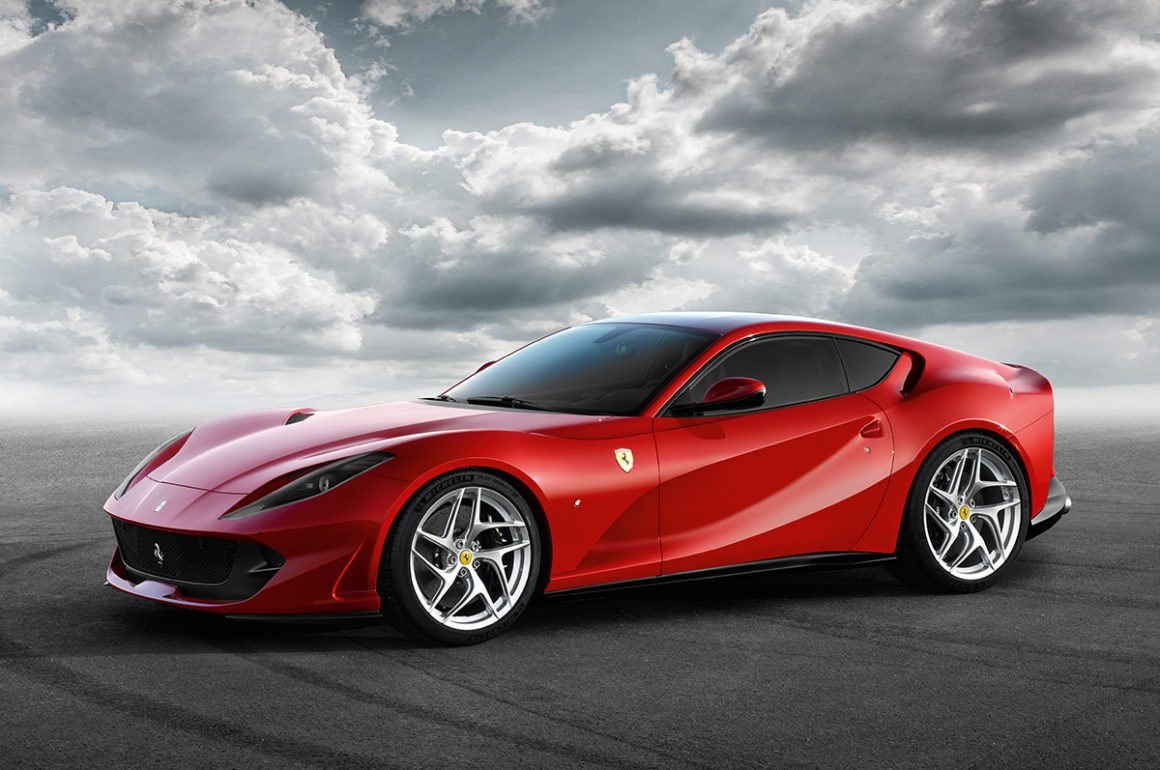
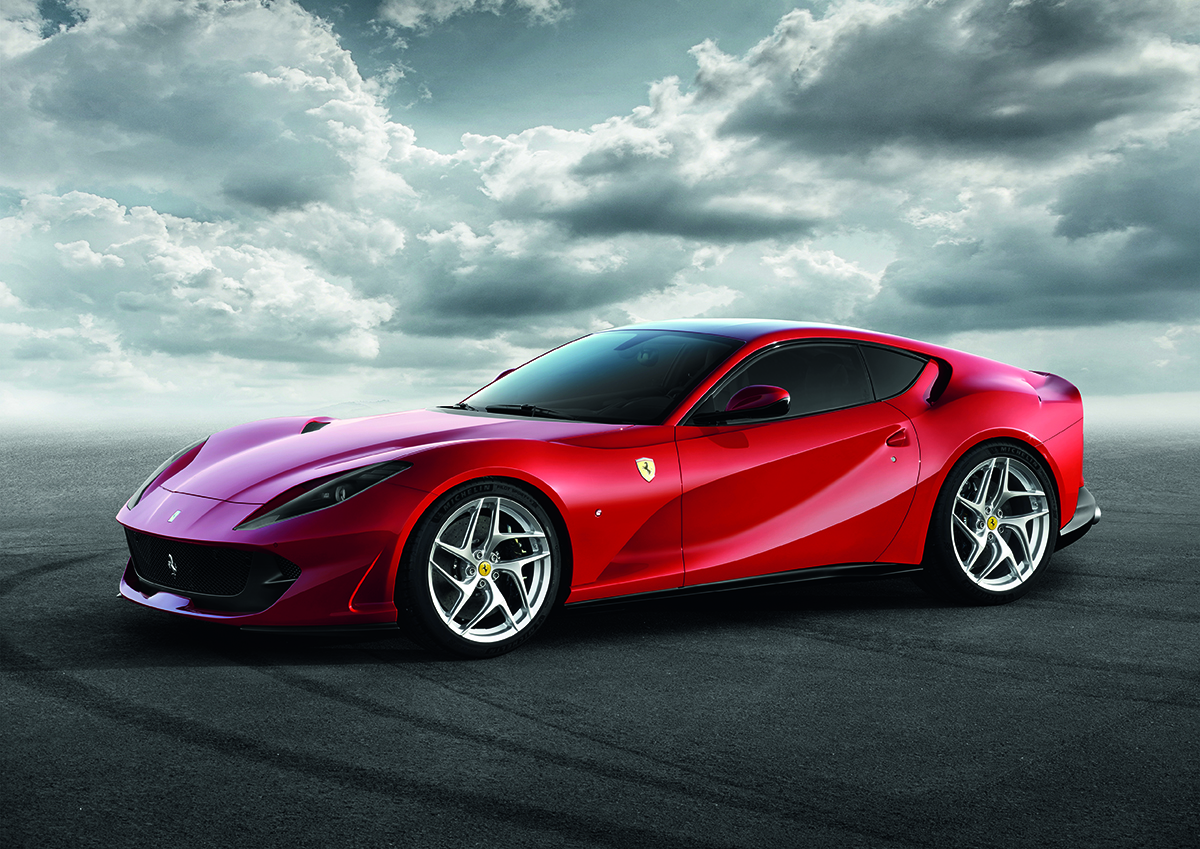
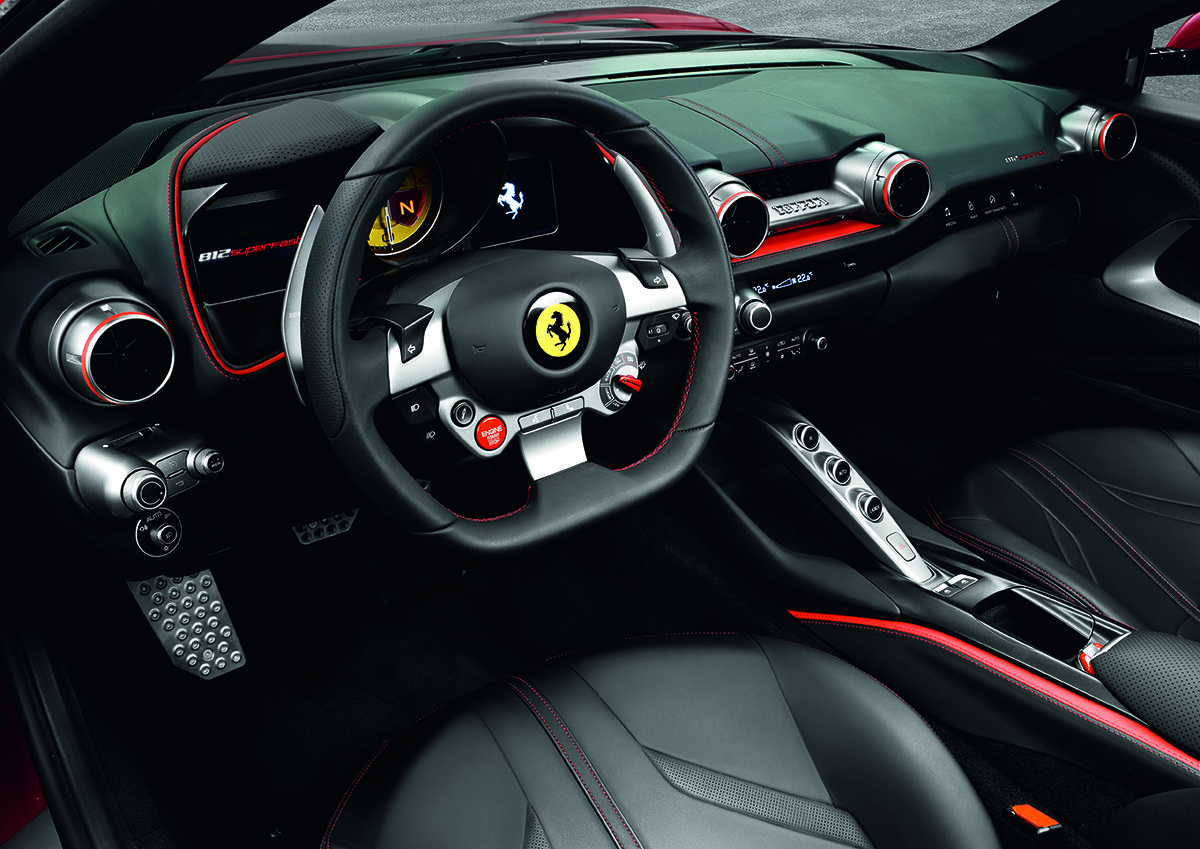

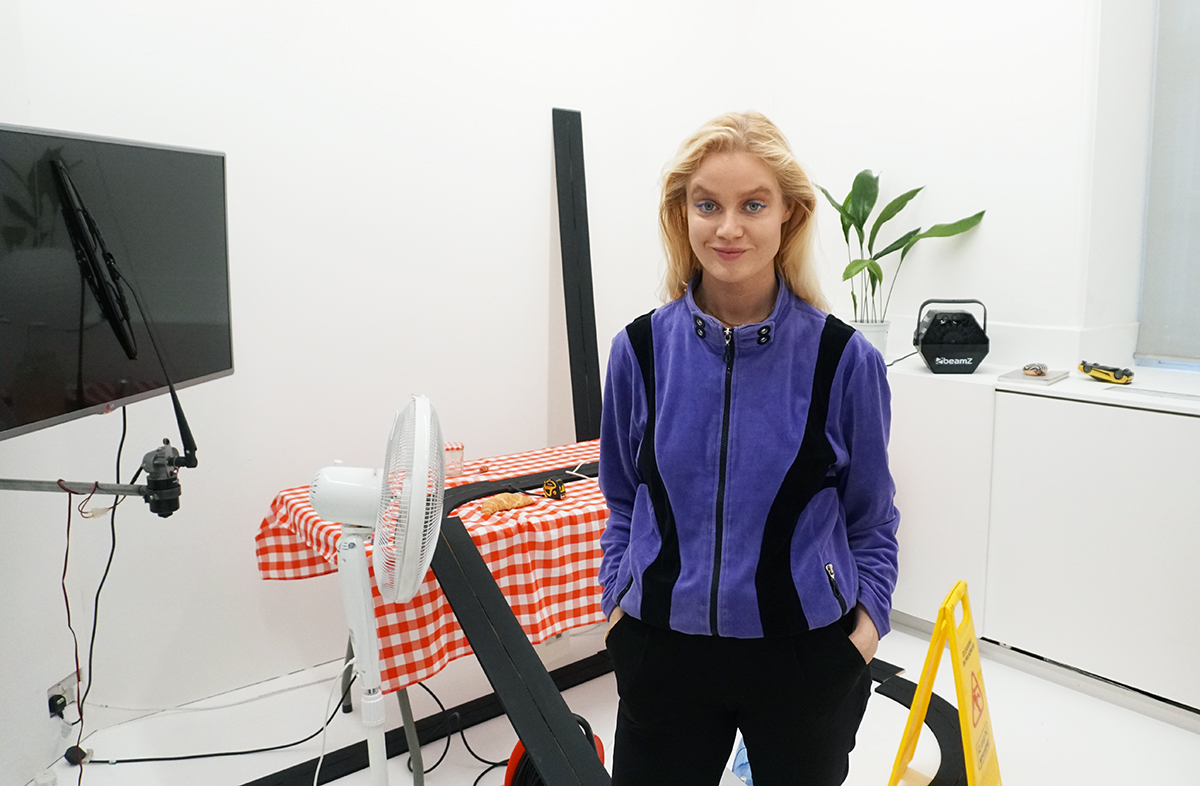
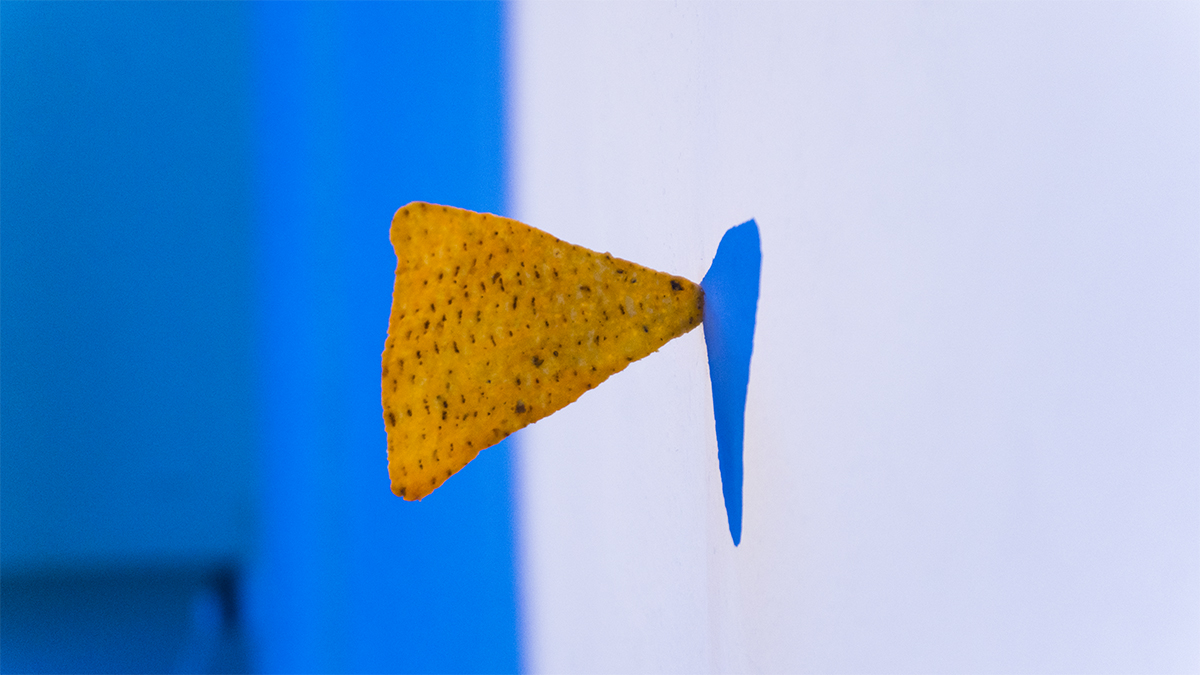

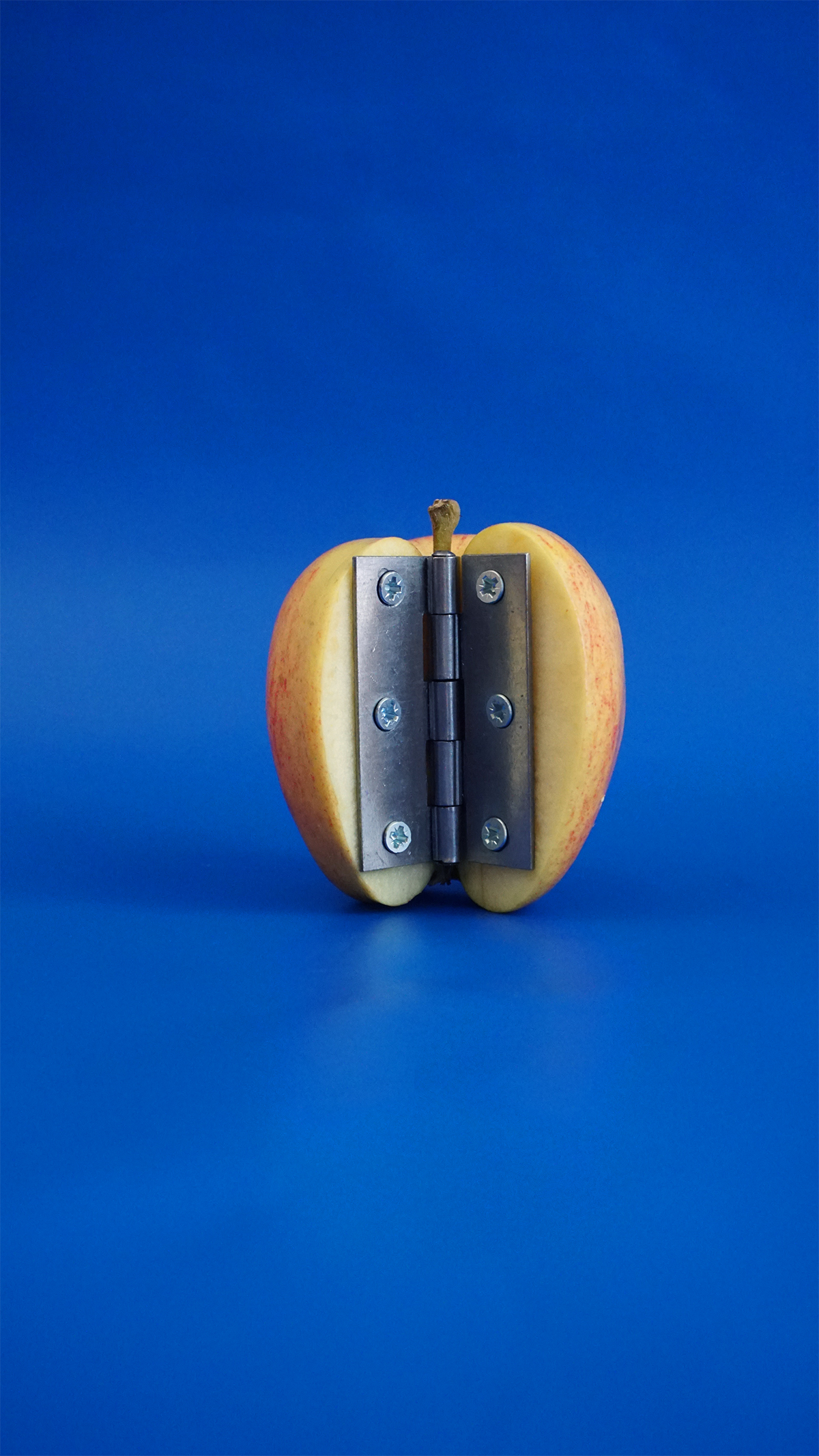
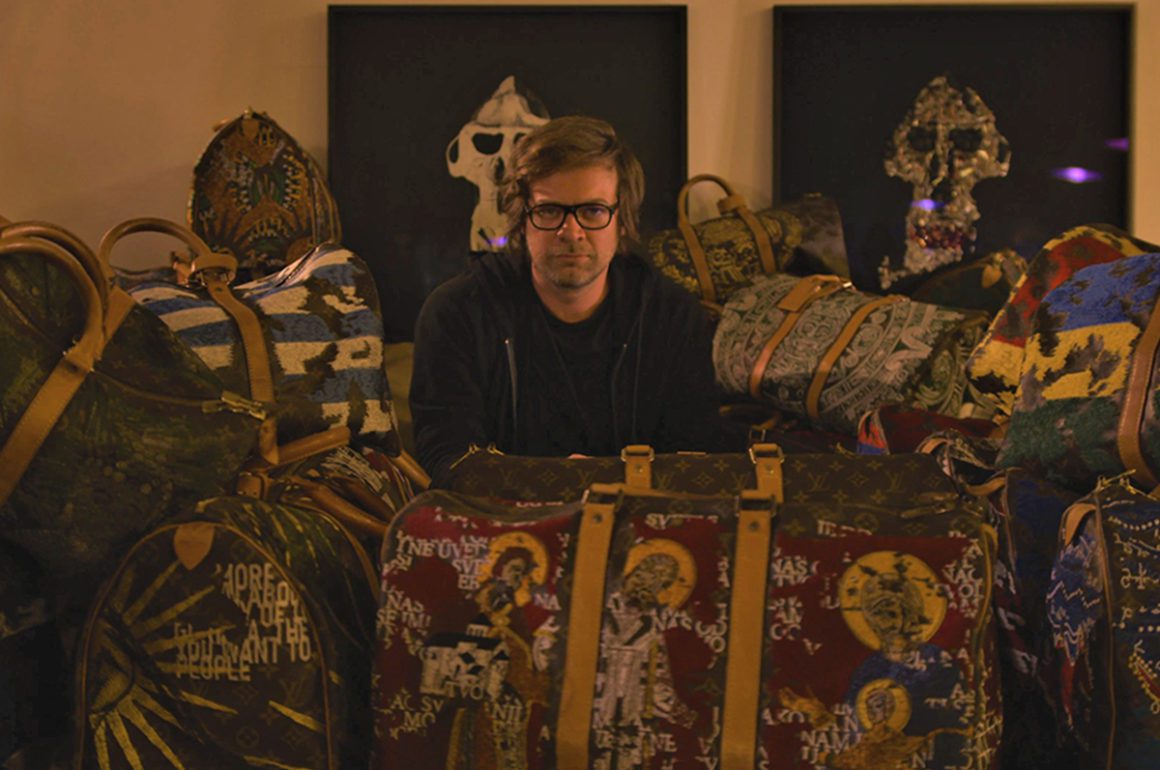
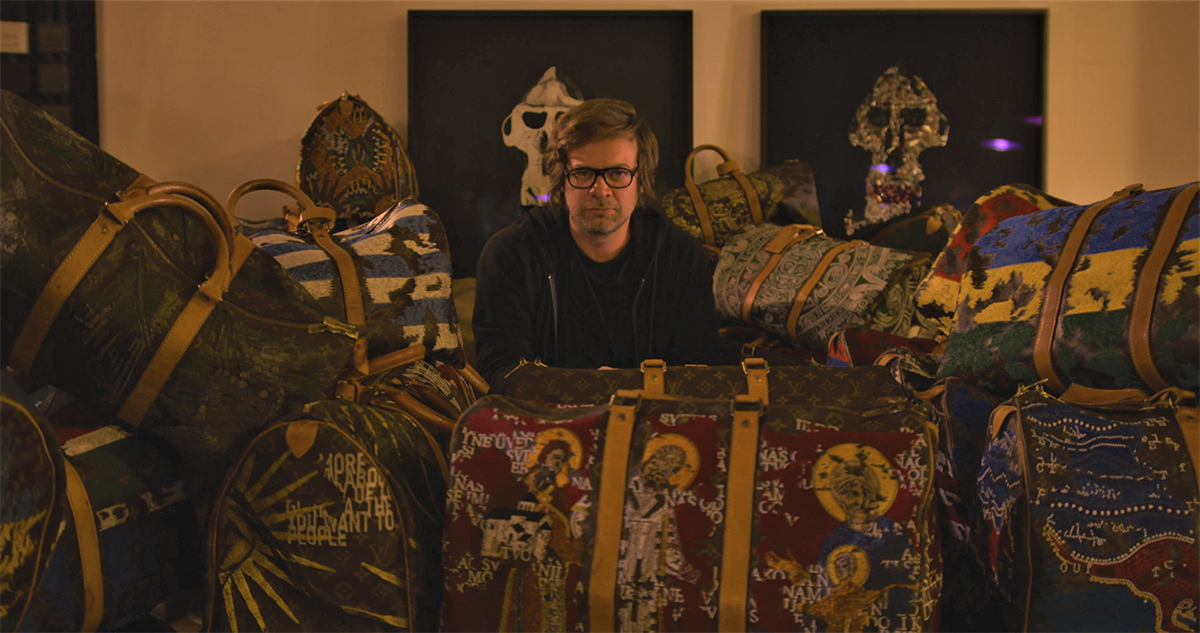
 2. Can you tell us your favourite story about one of the bags you’ve sourced?
2. Can you tell us your favourite story about one of the bags you’ve sourced?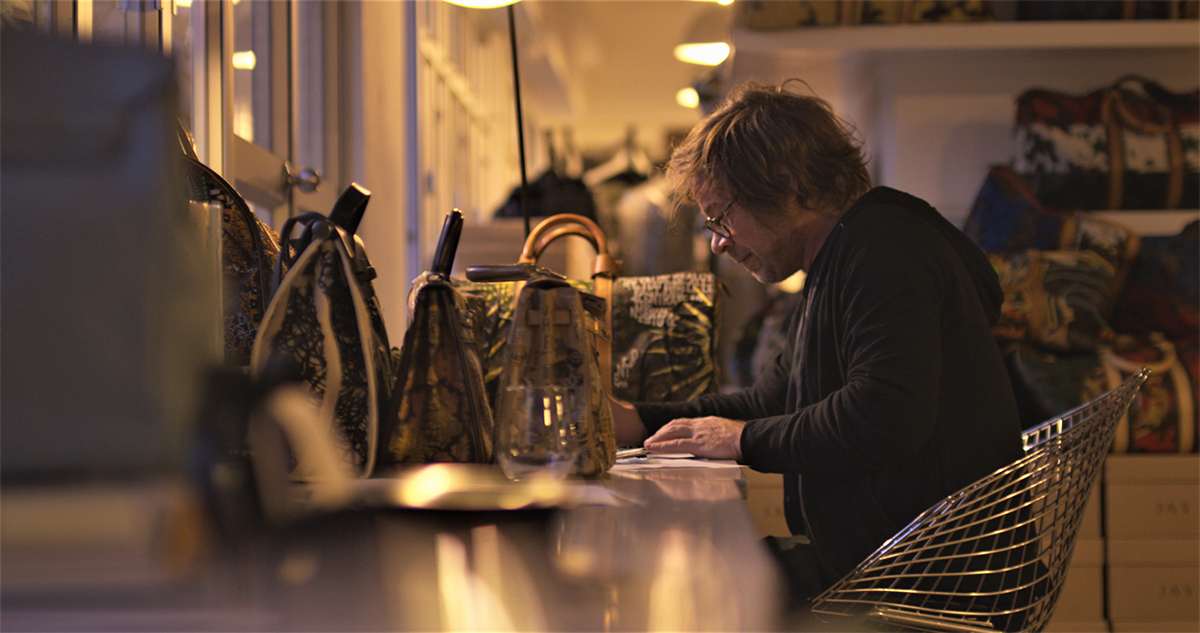
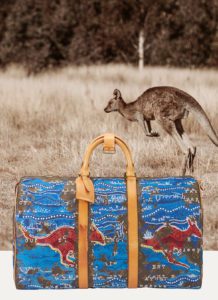
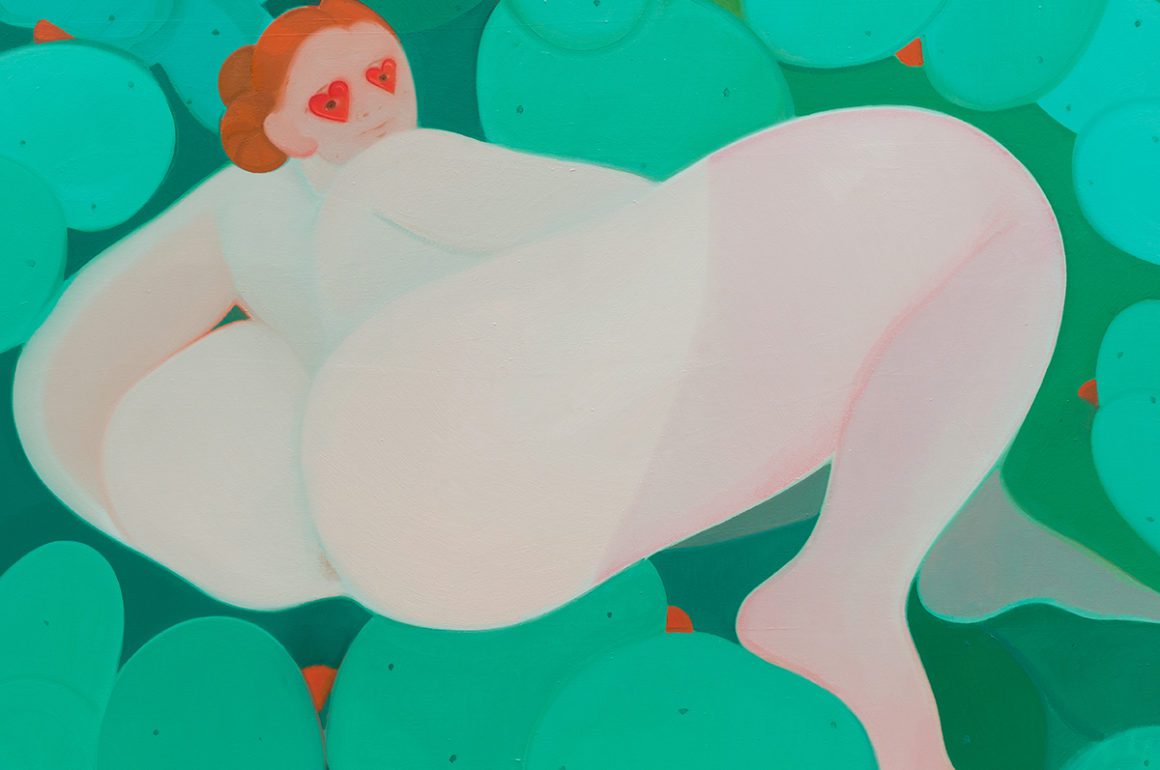
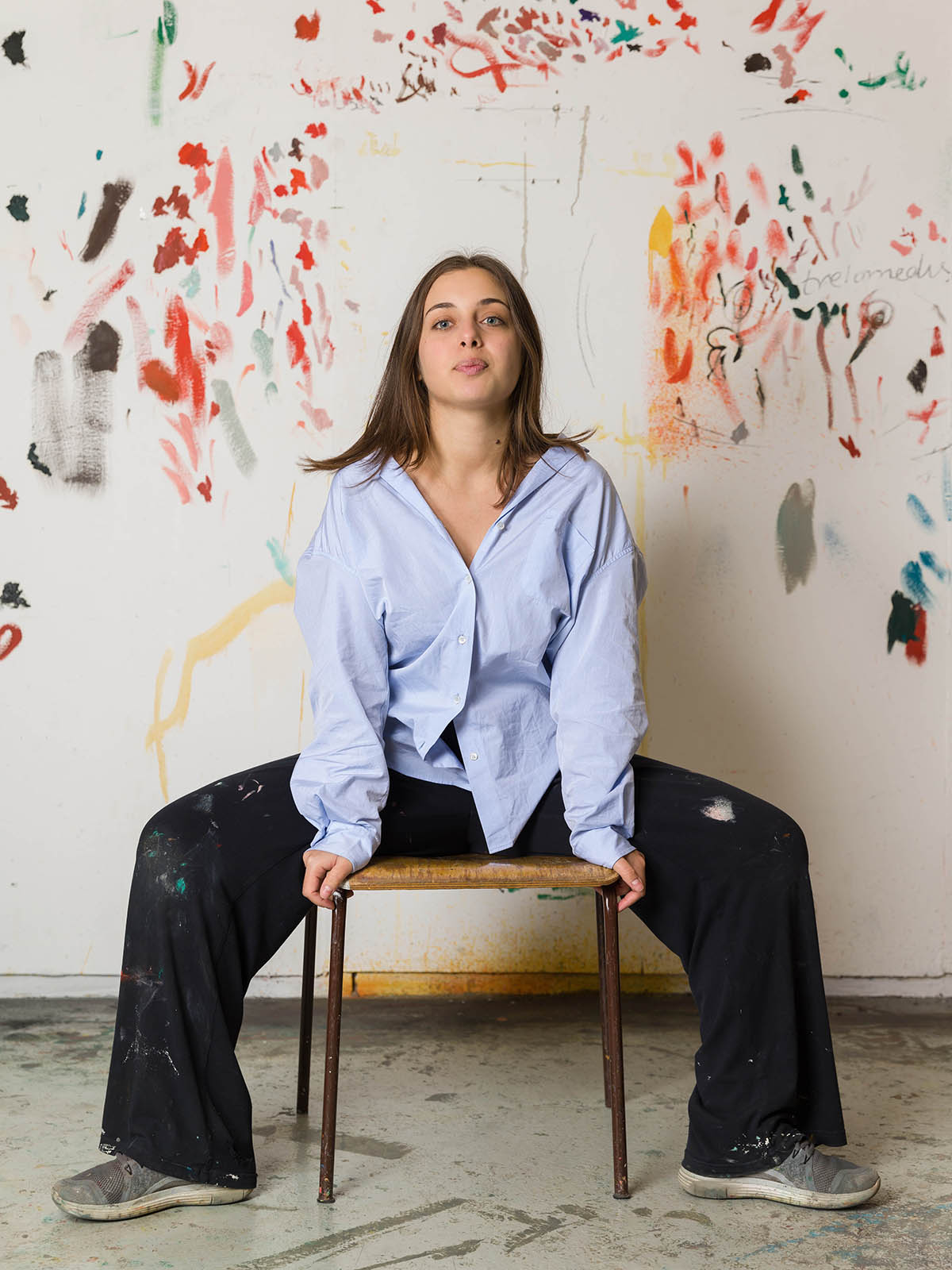
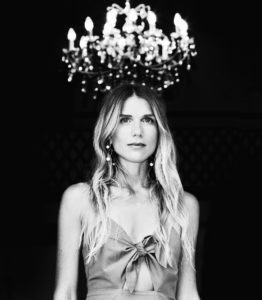

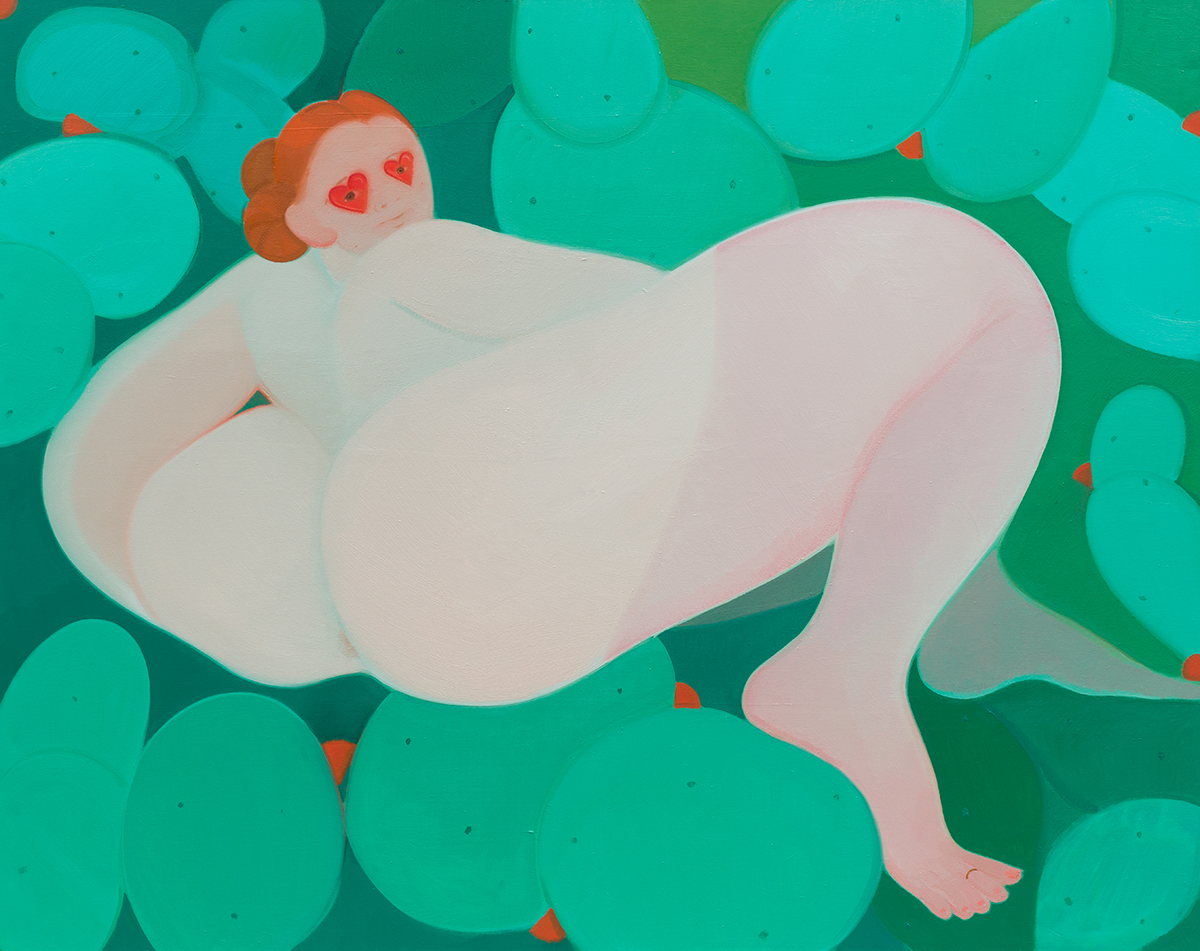
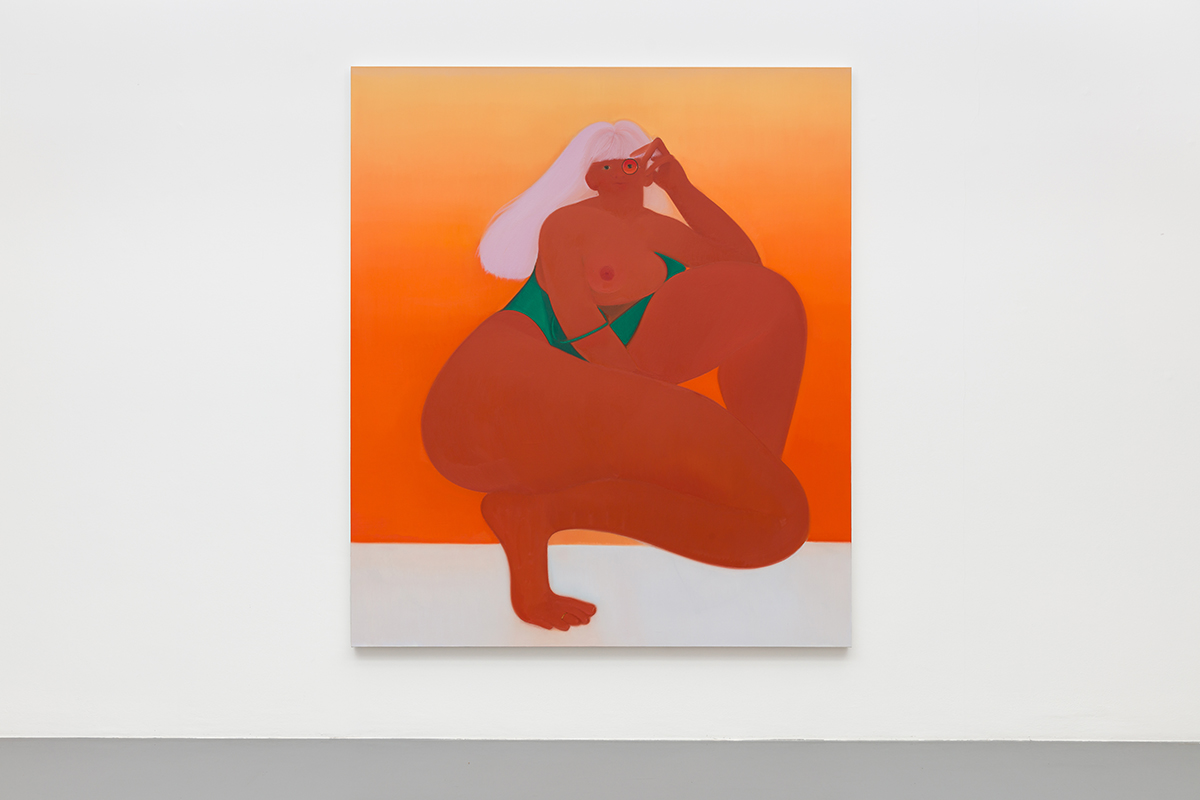
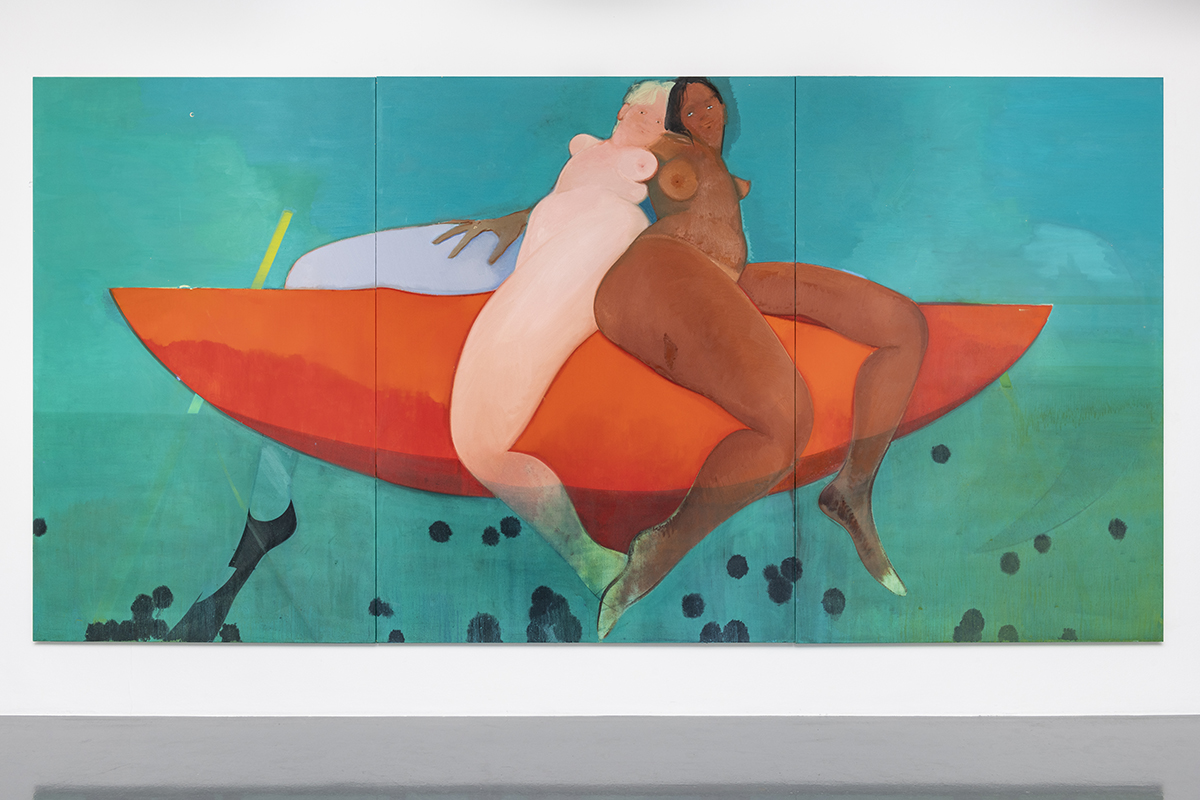
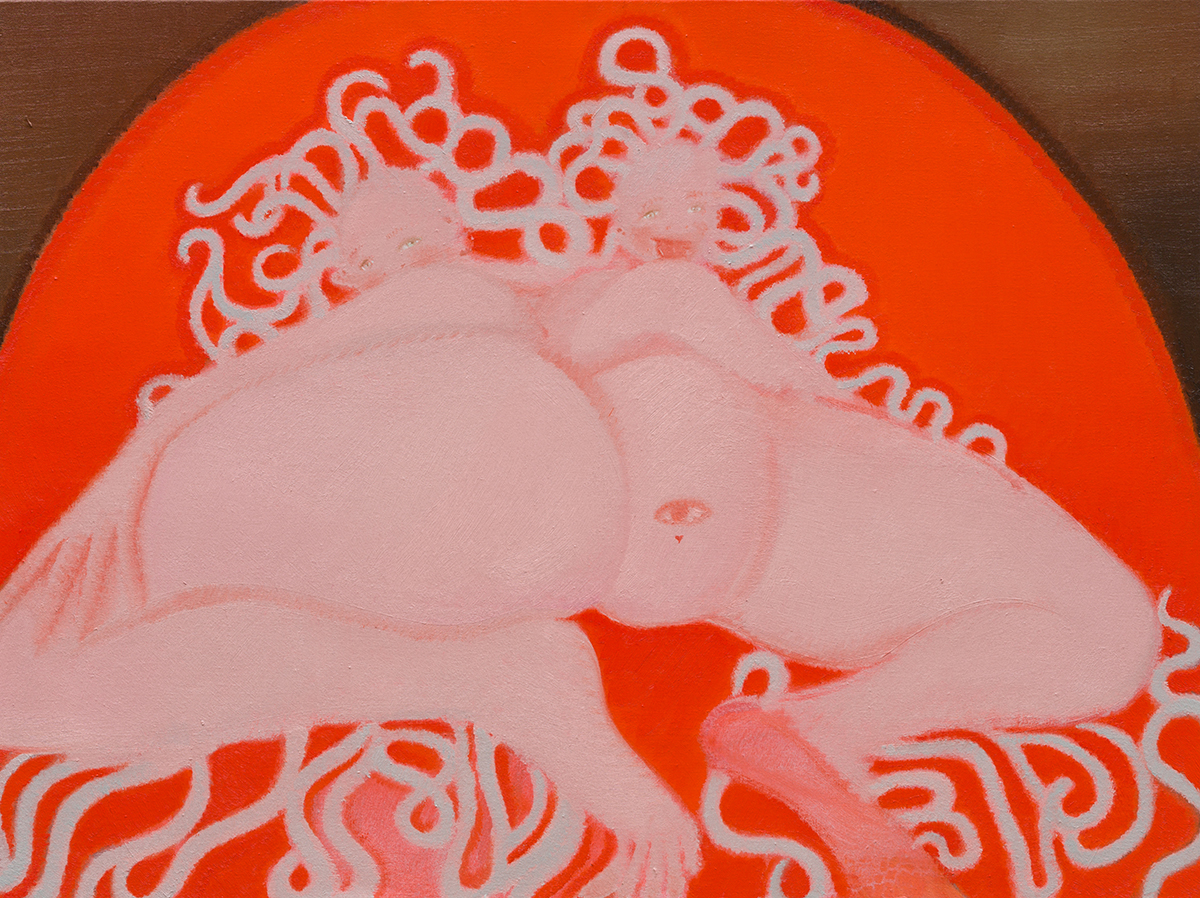

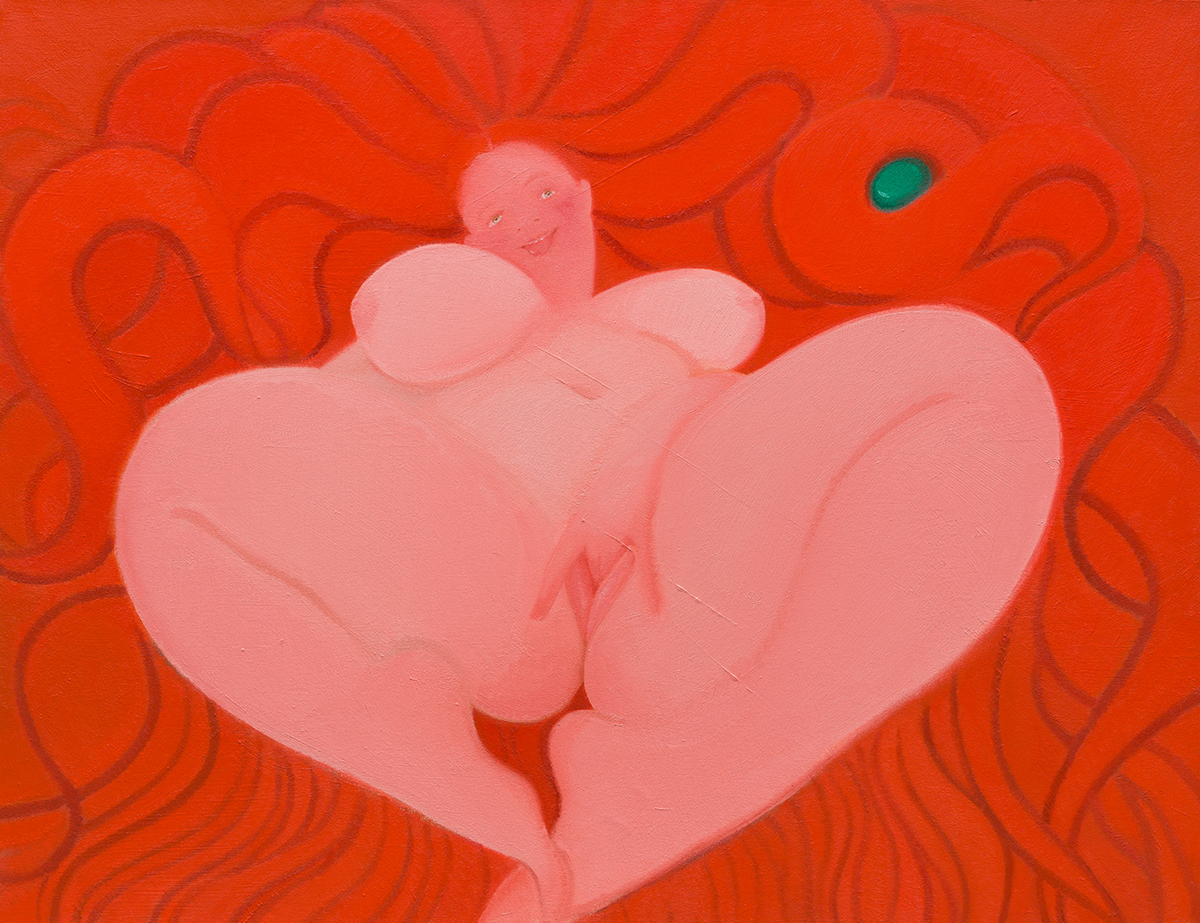
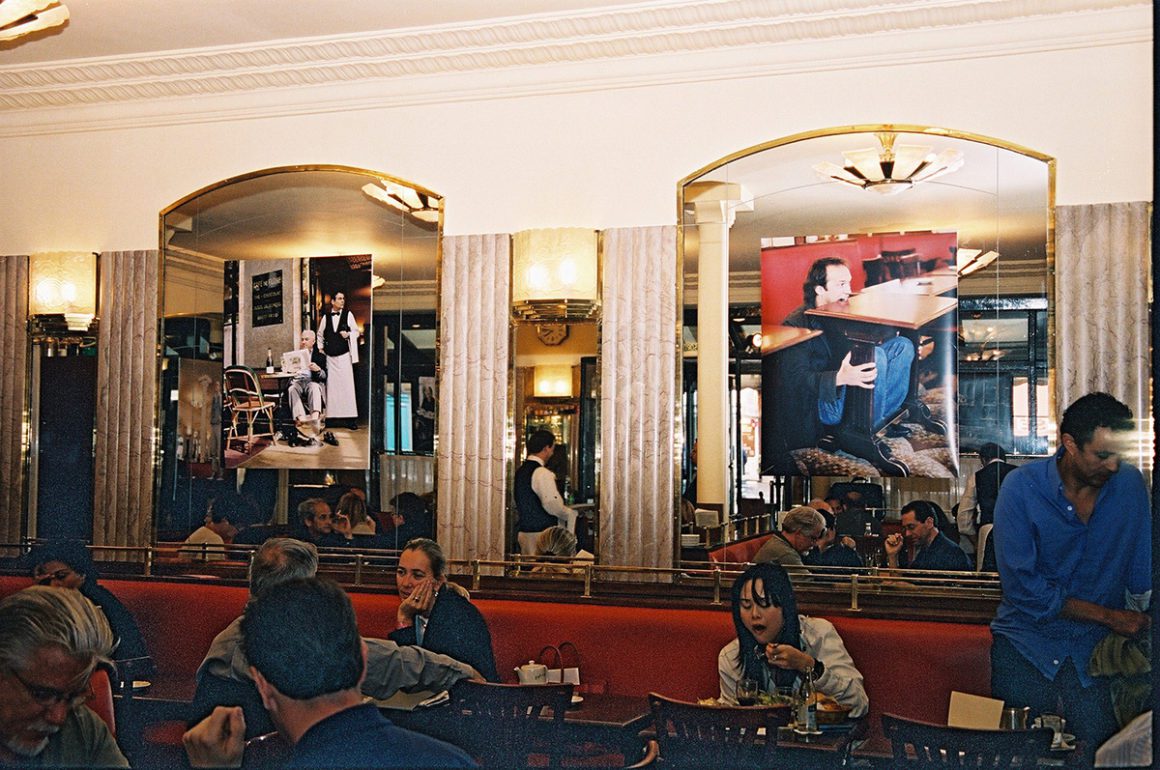
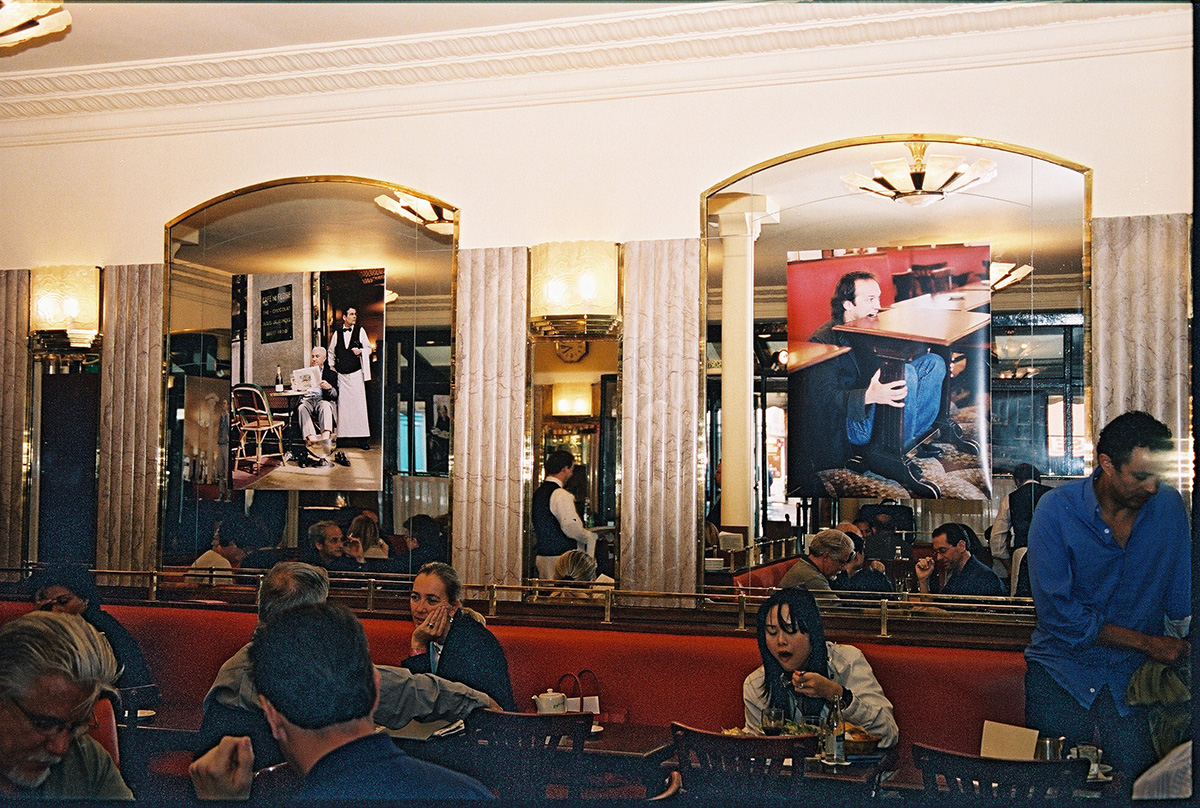
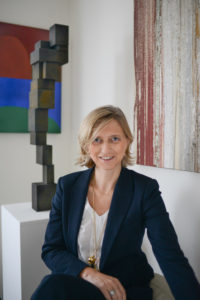
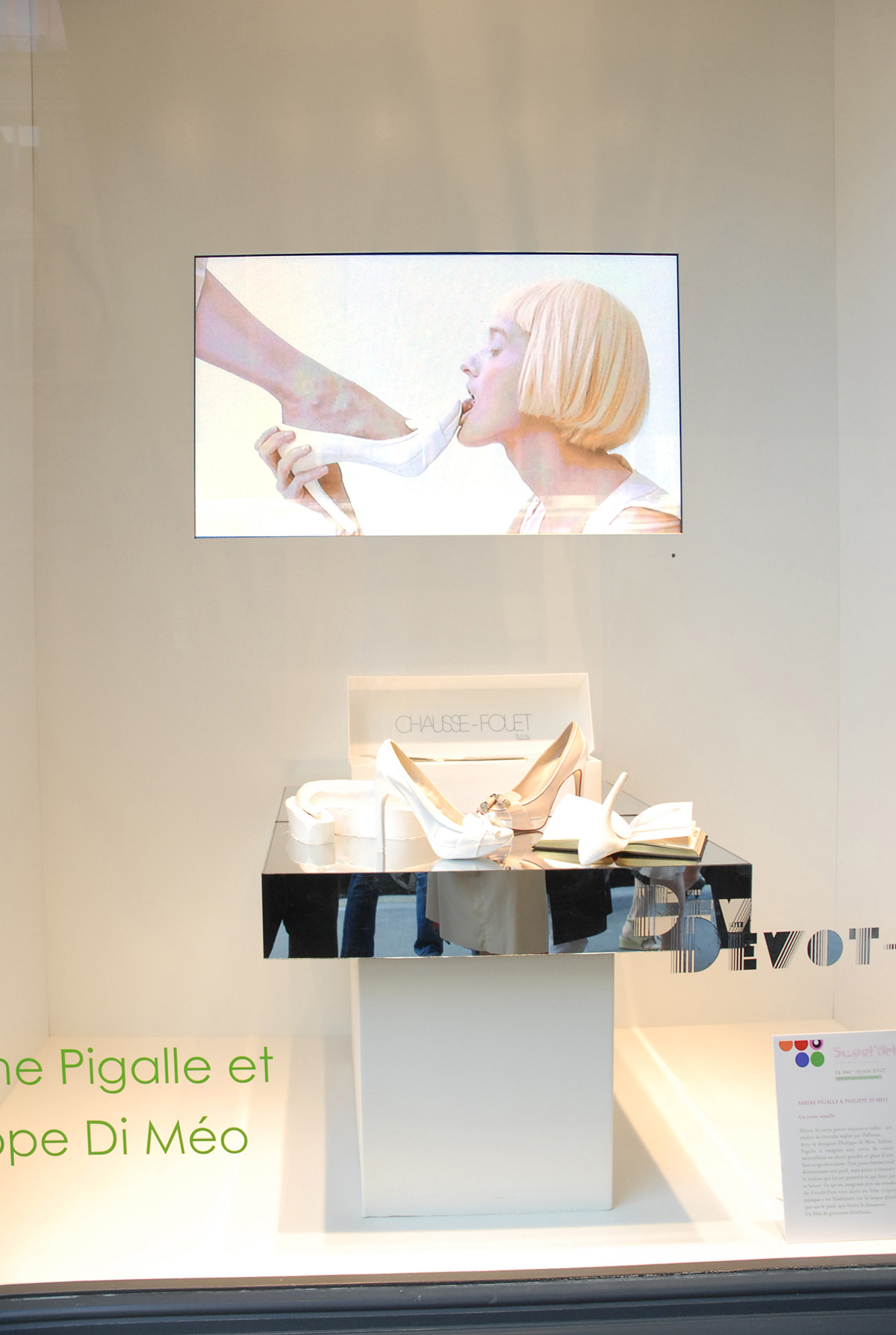
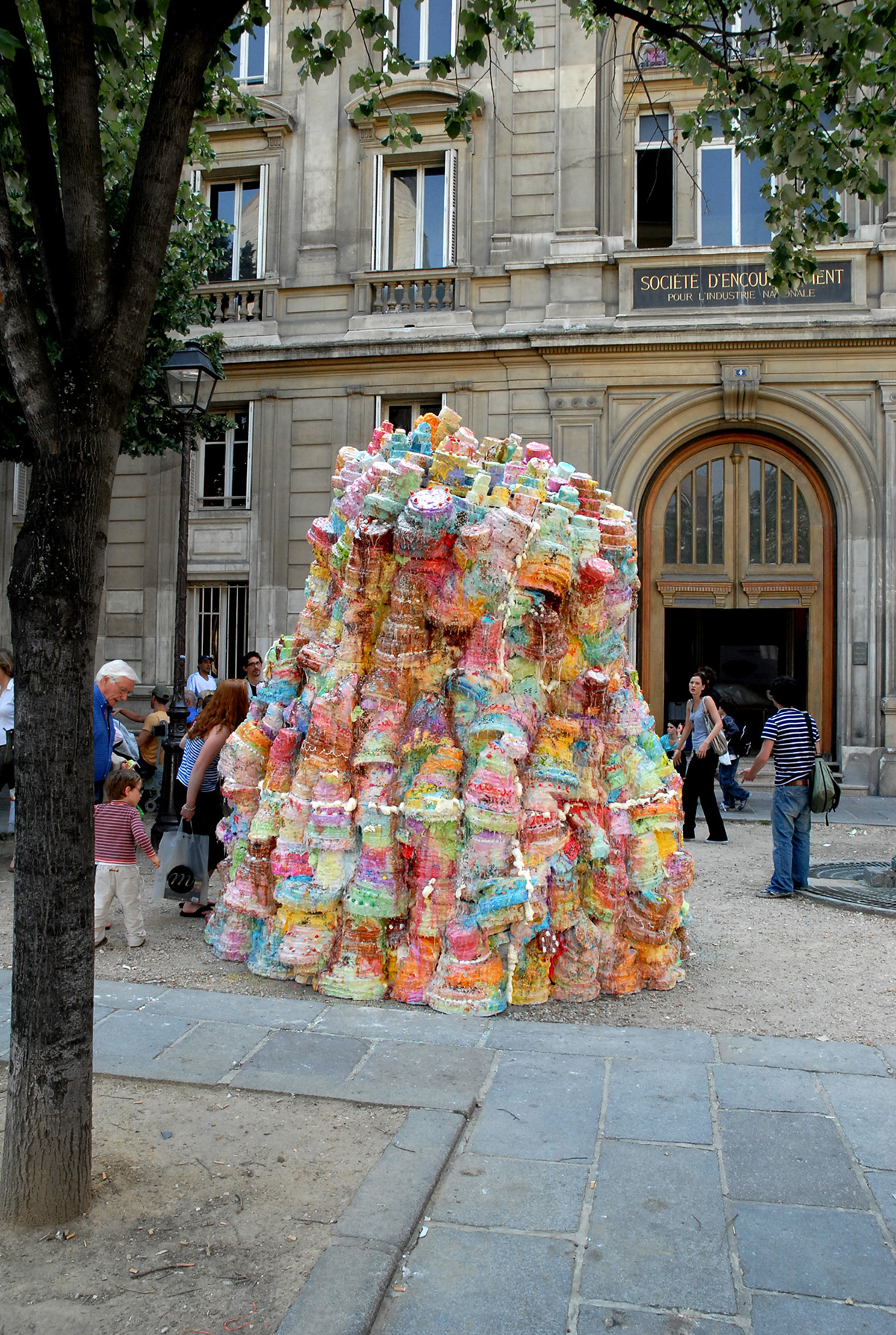
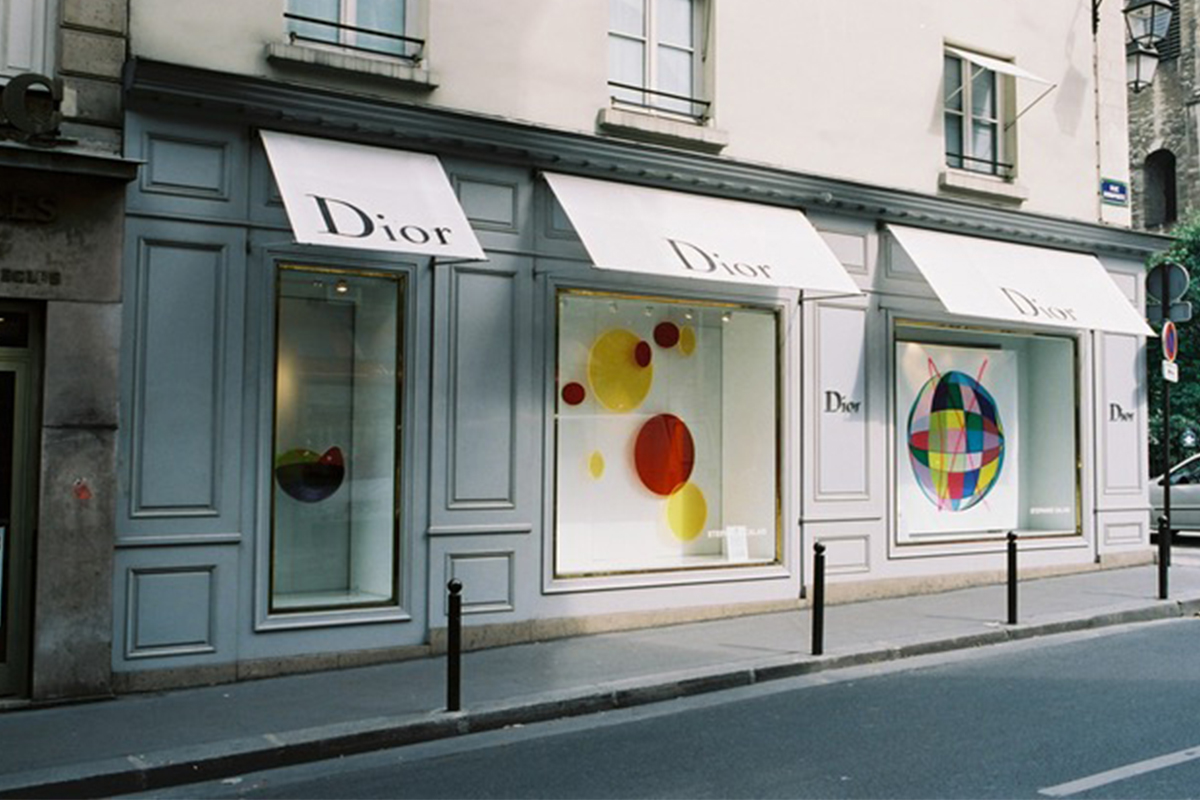
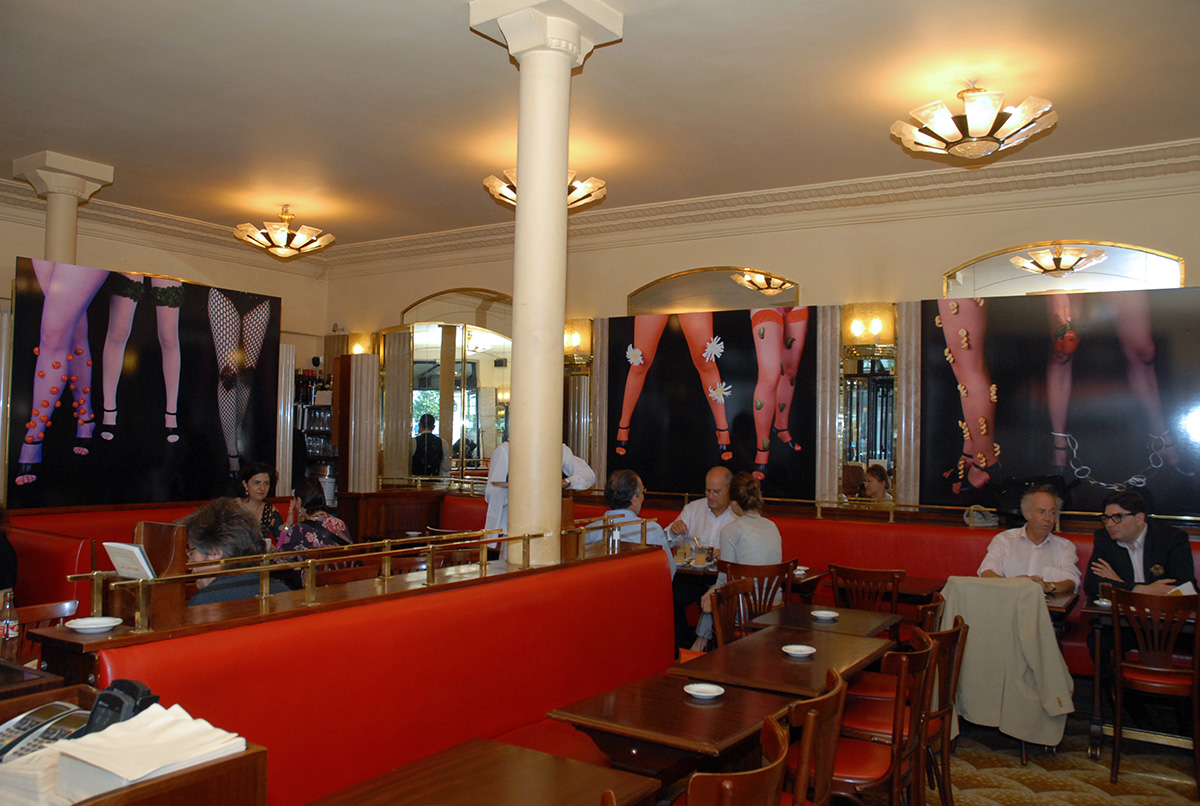
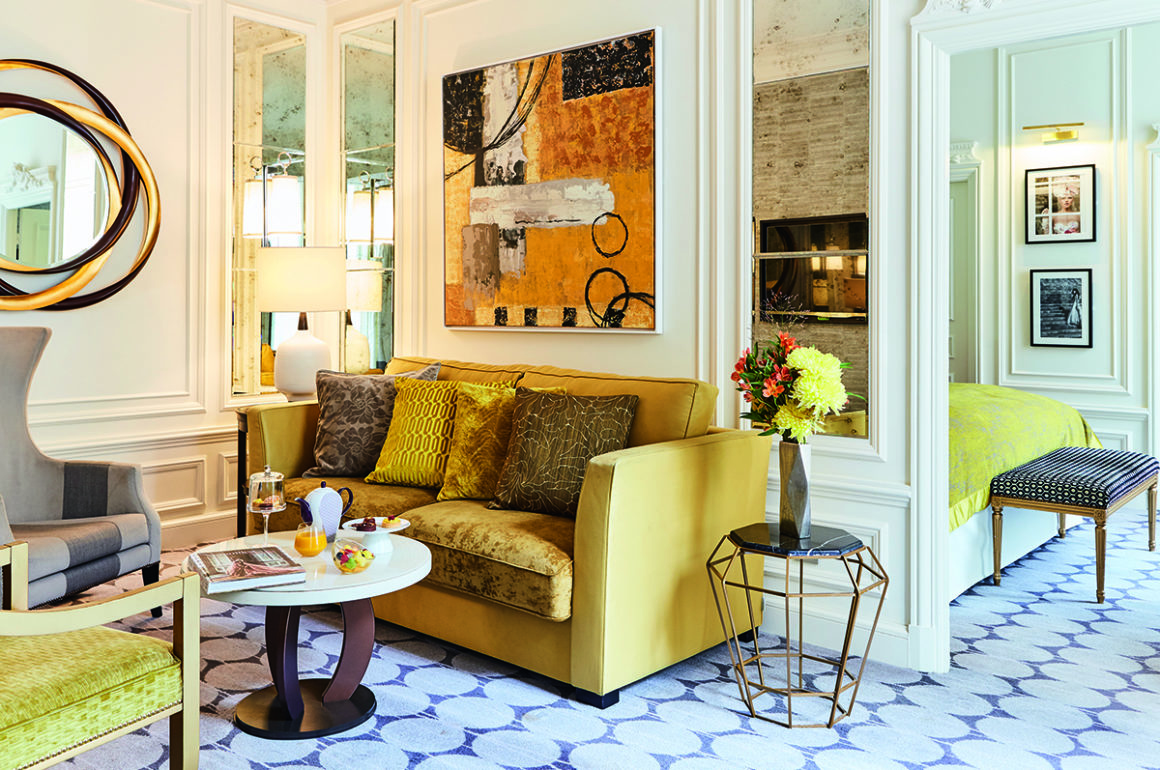
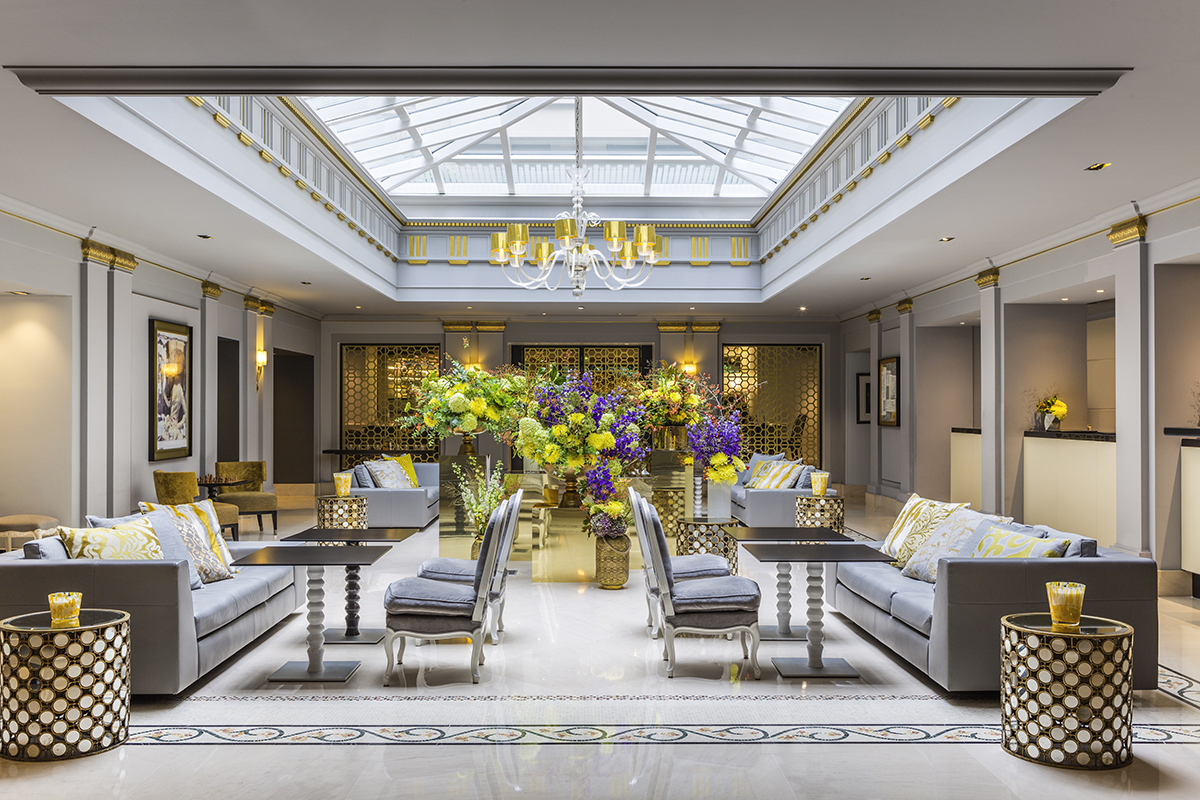
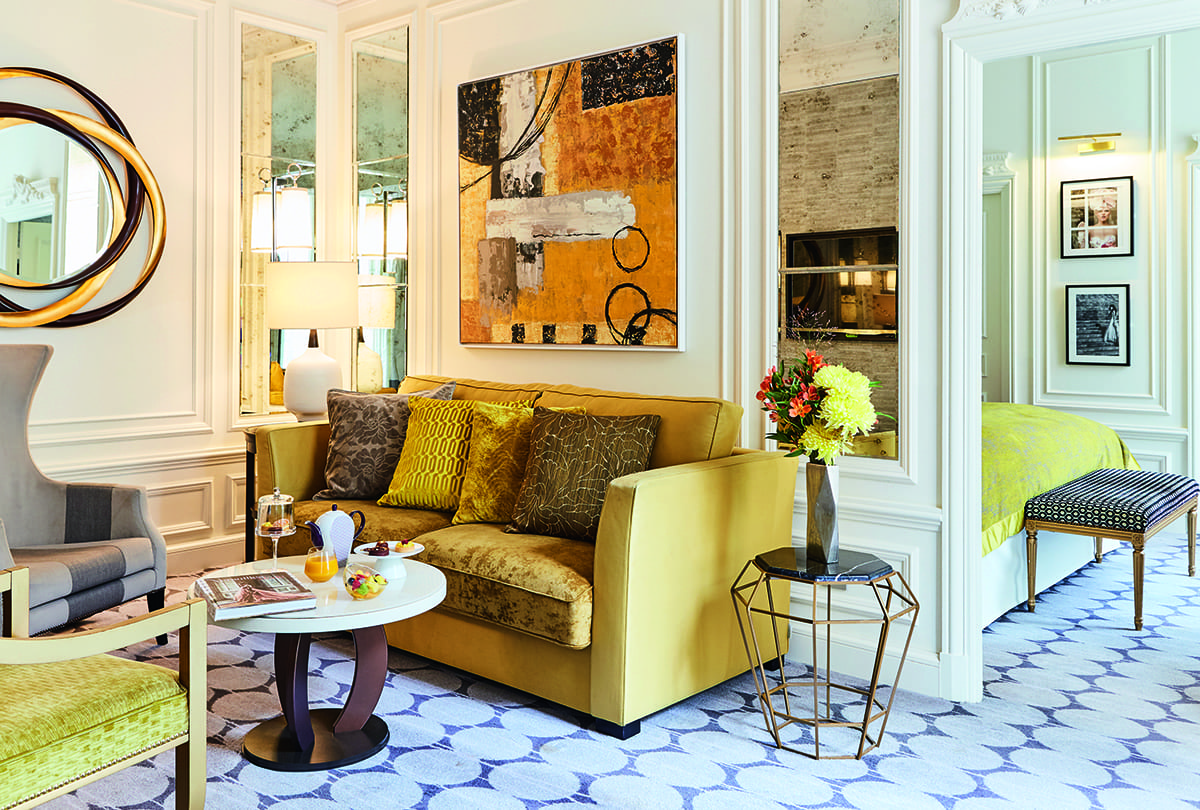
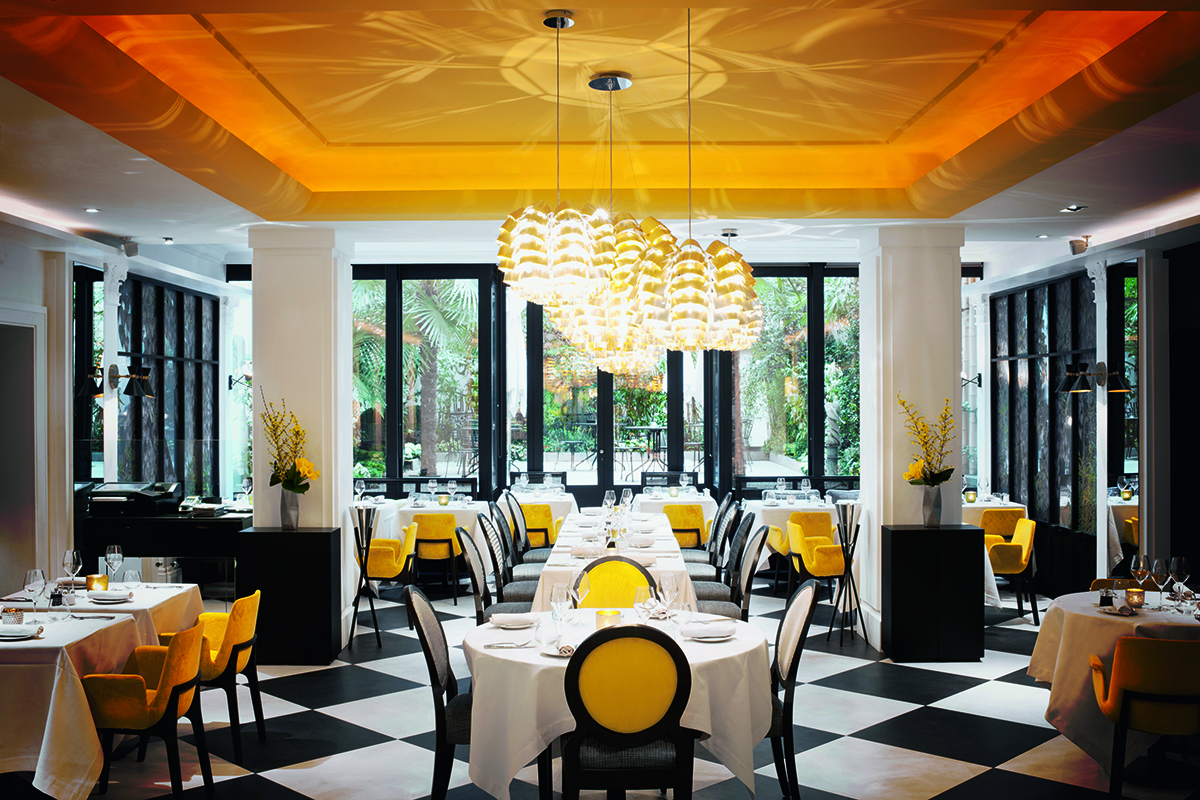
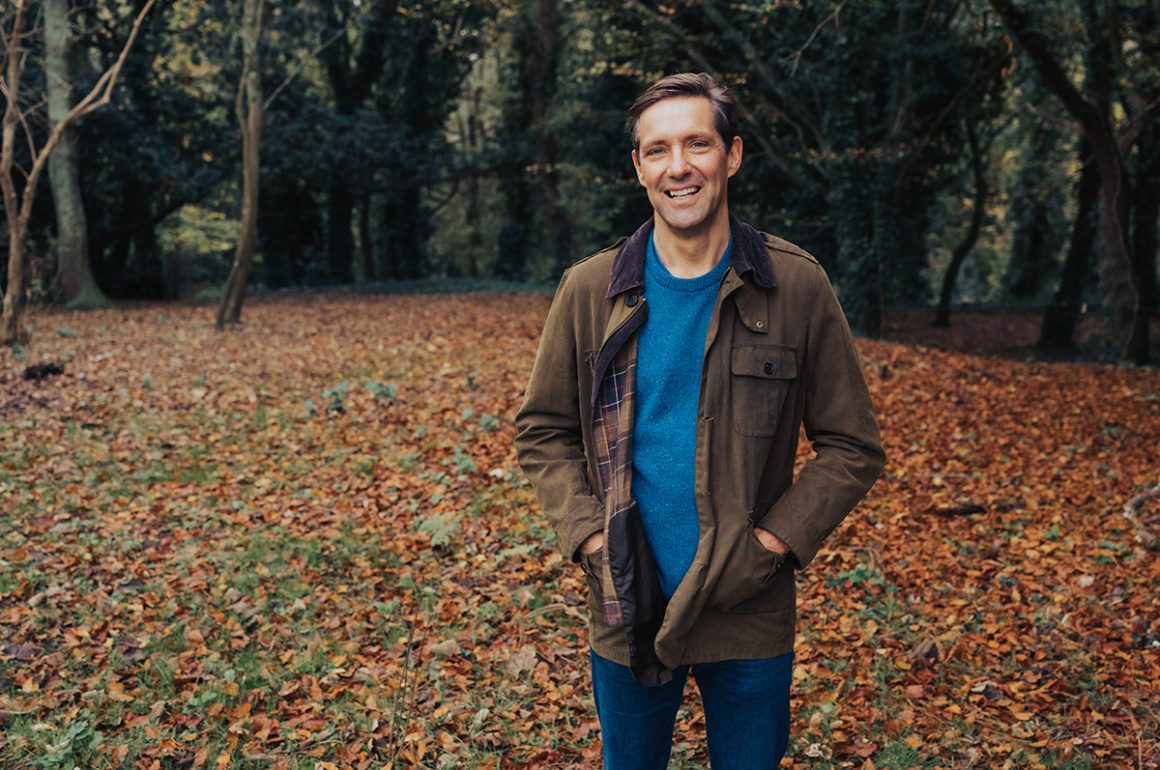
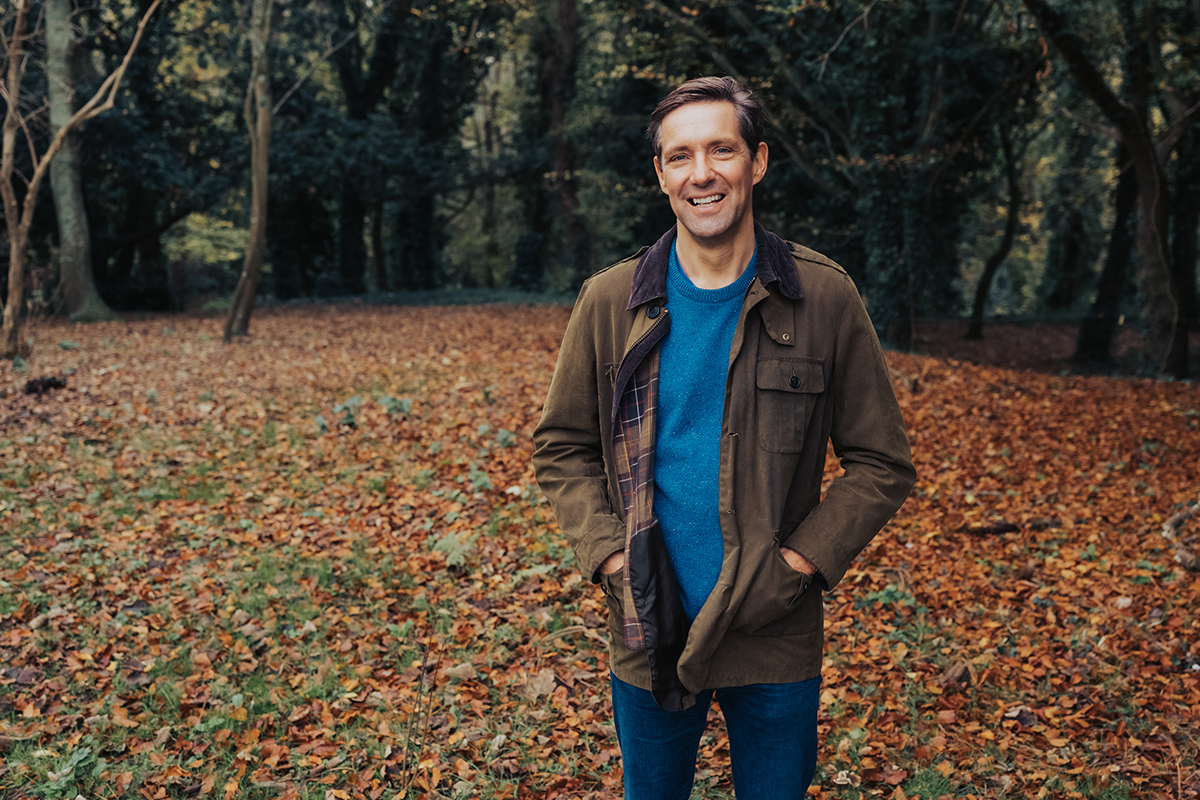
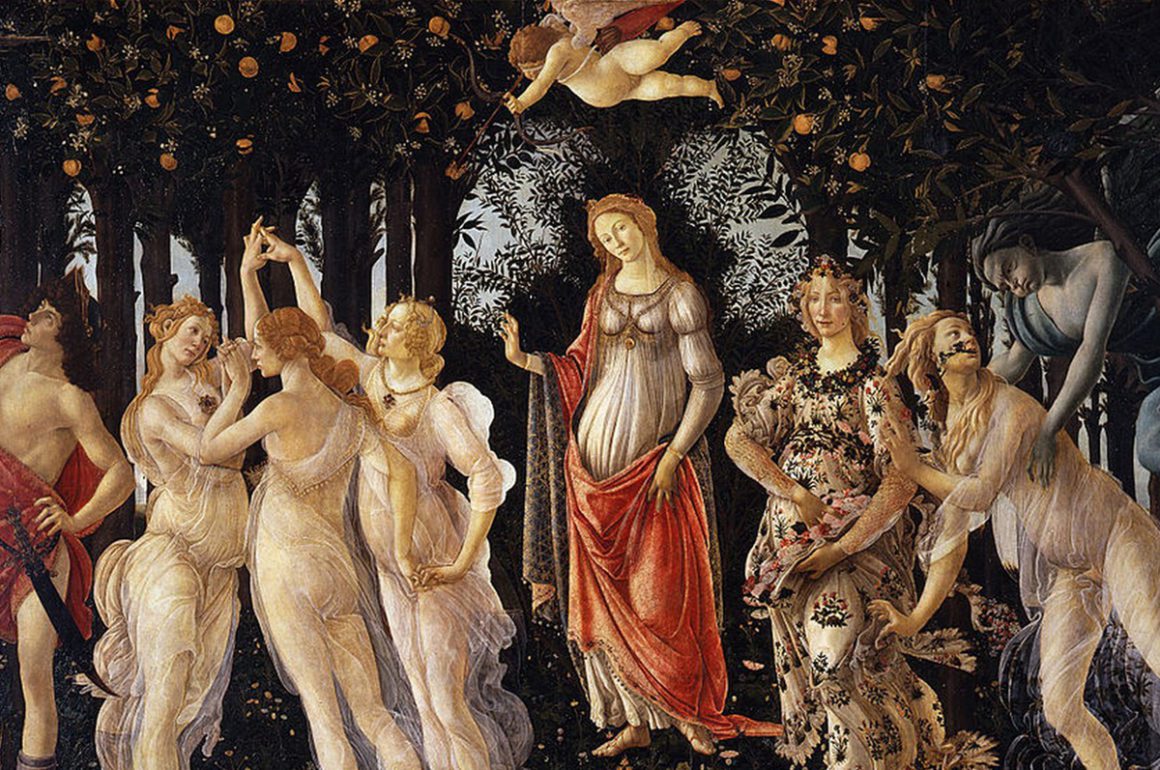
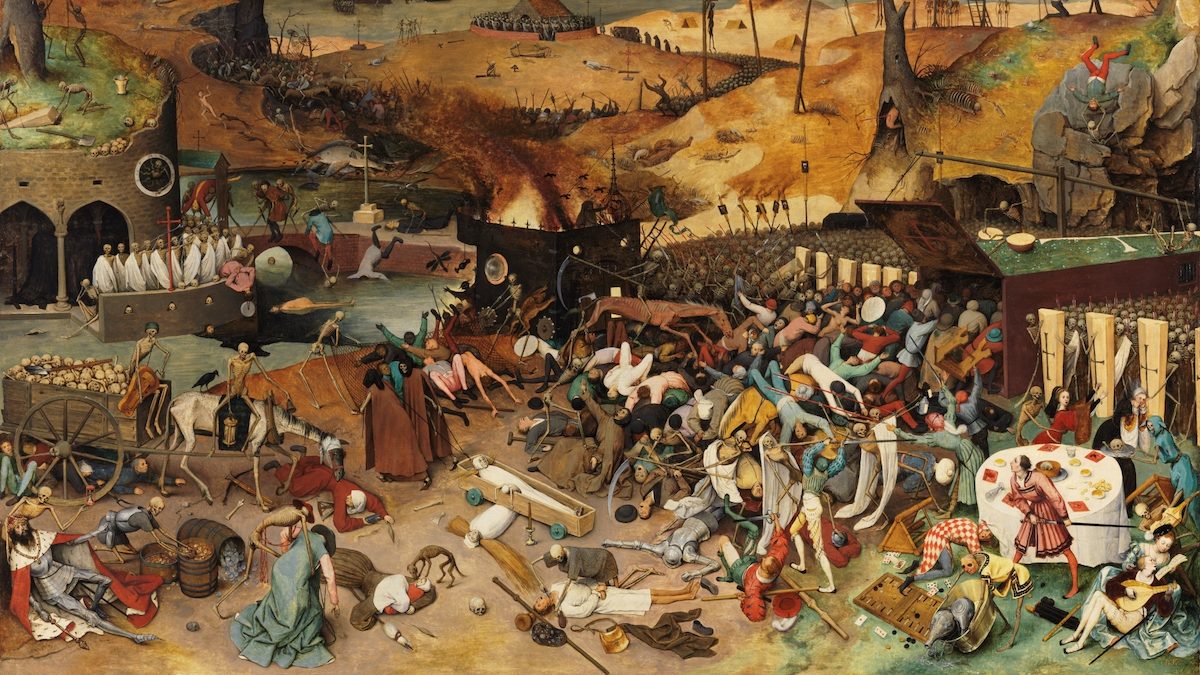

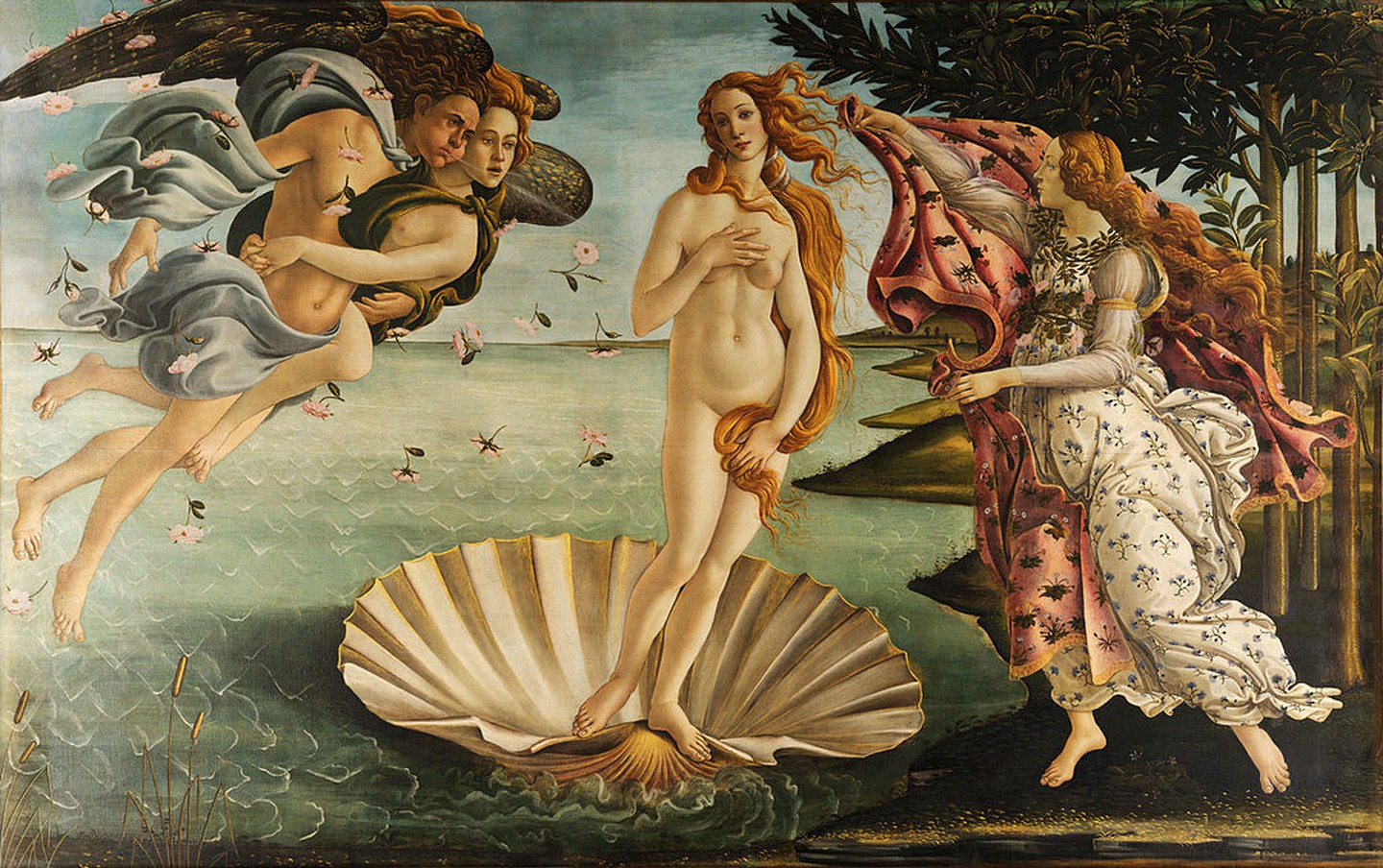
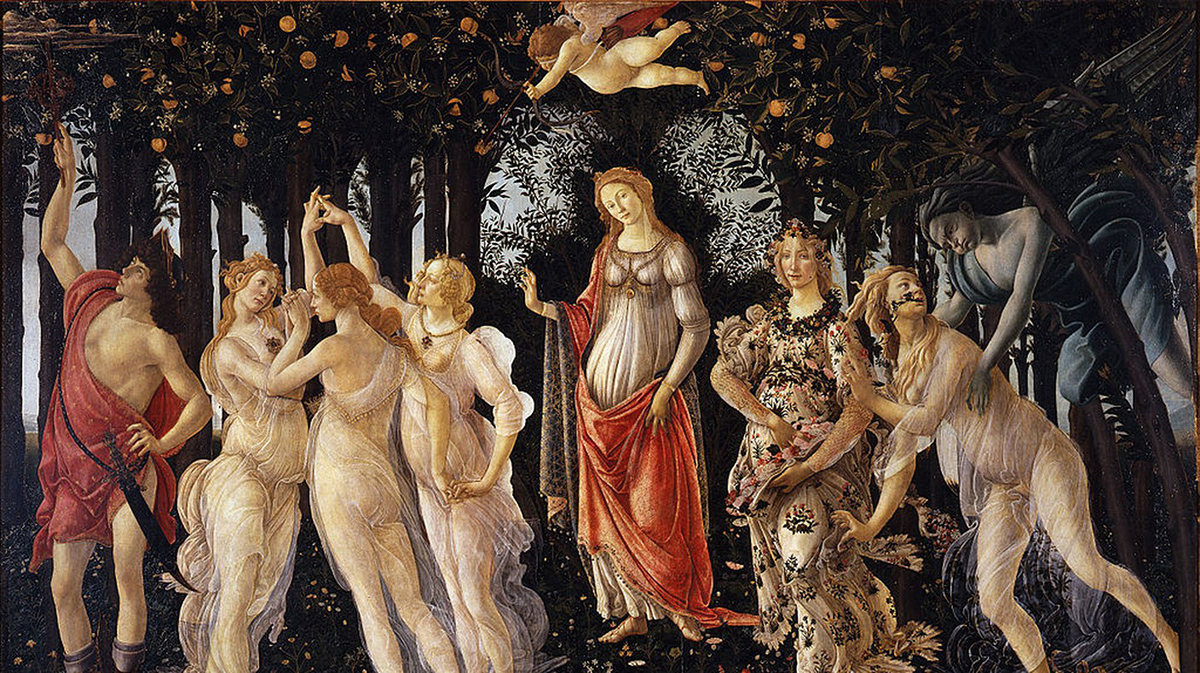
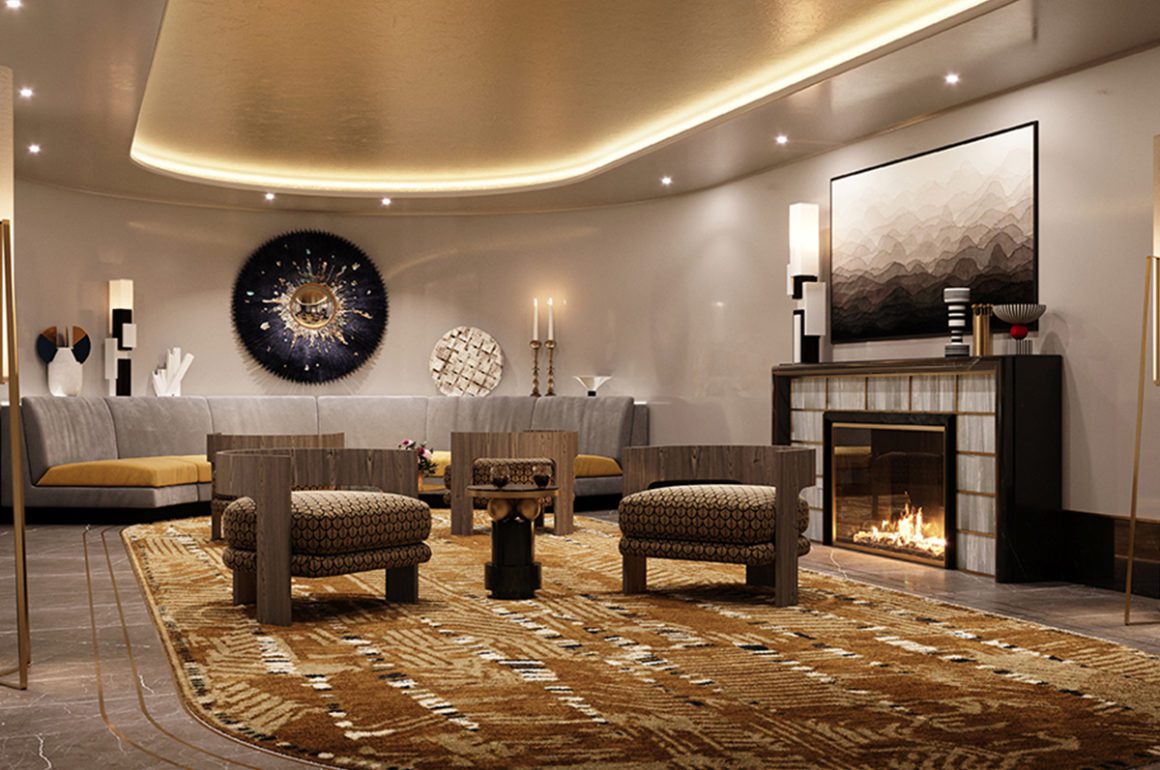
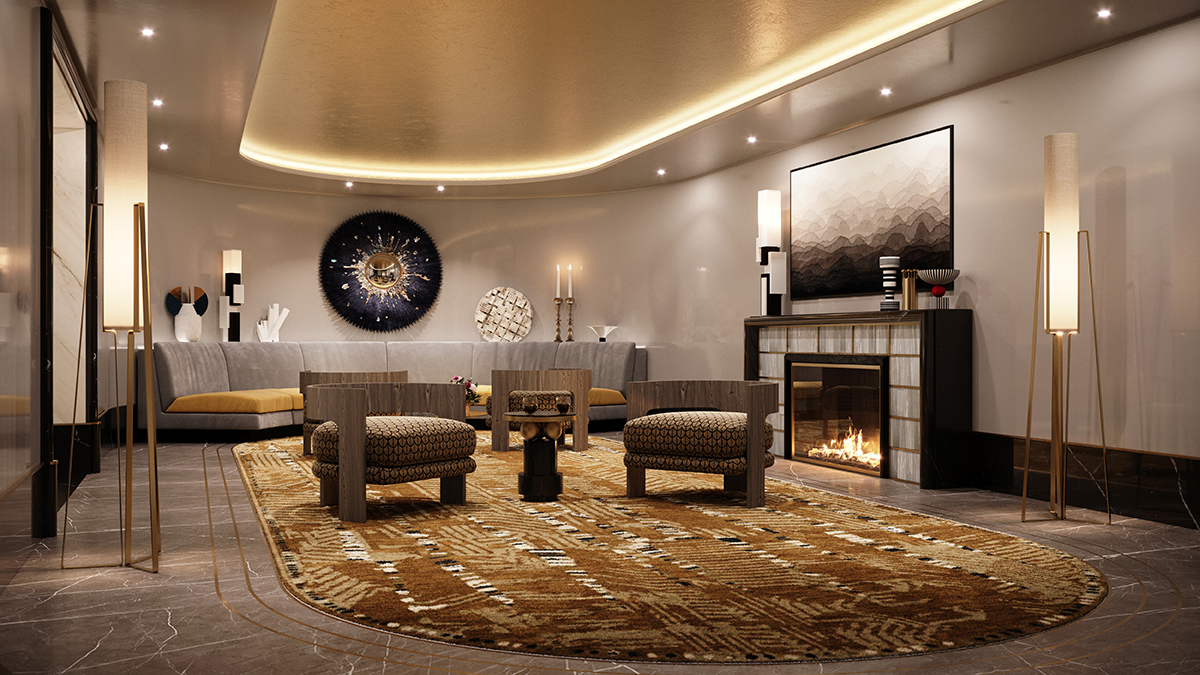


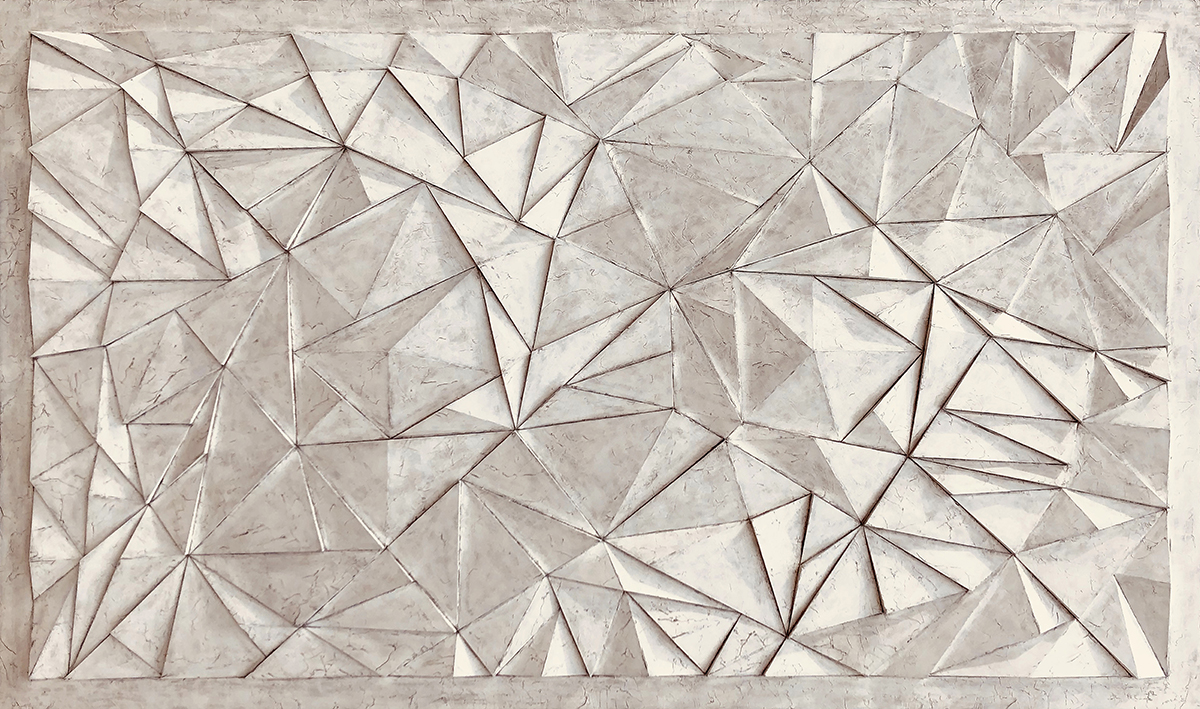
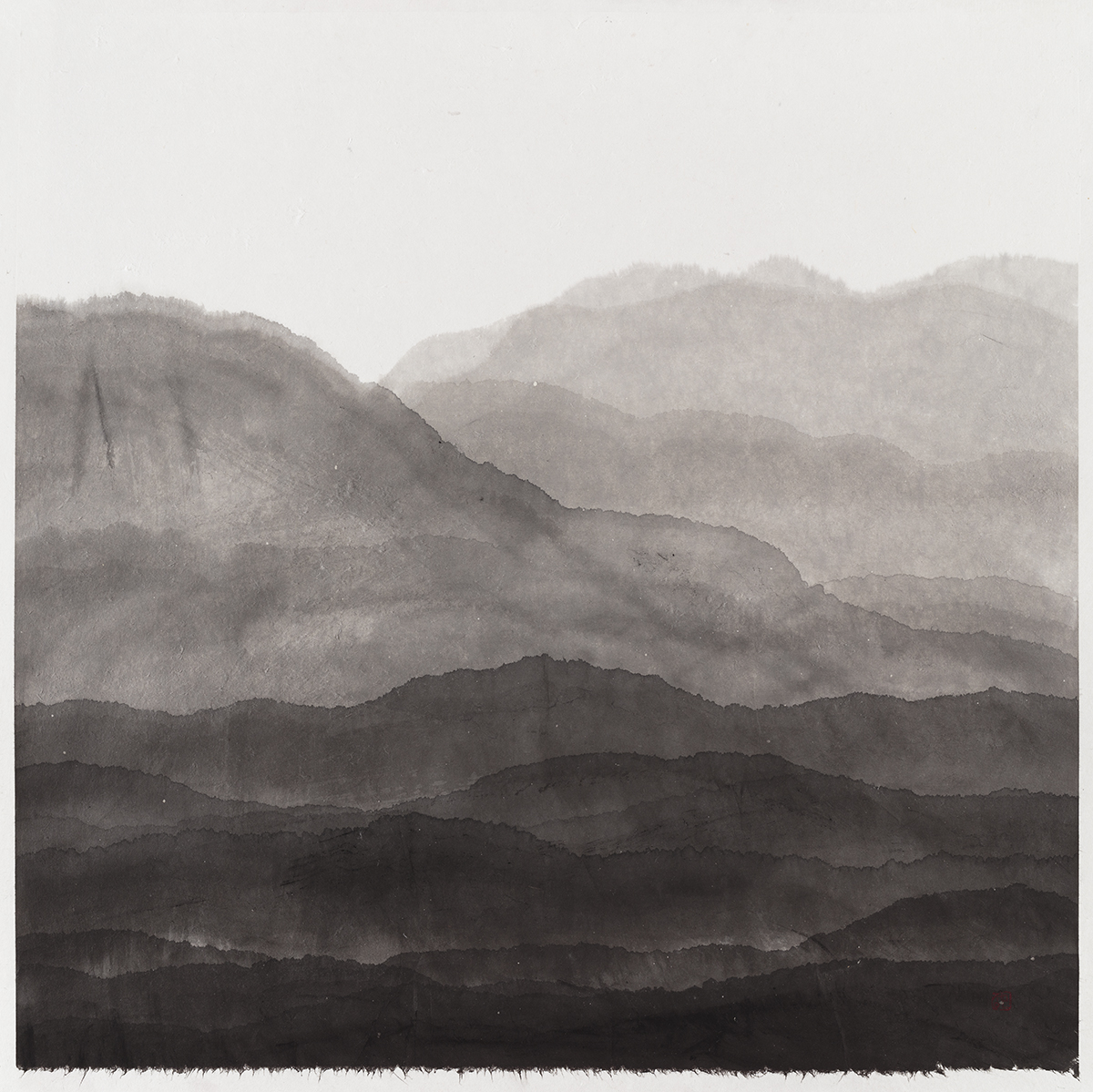


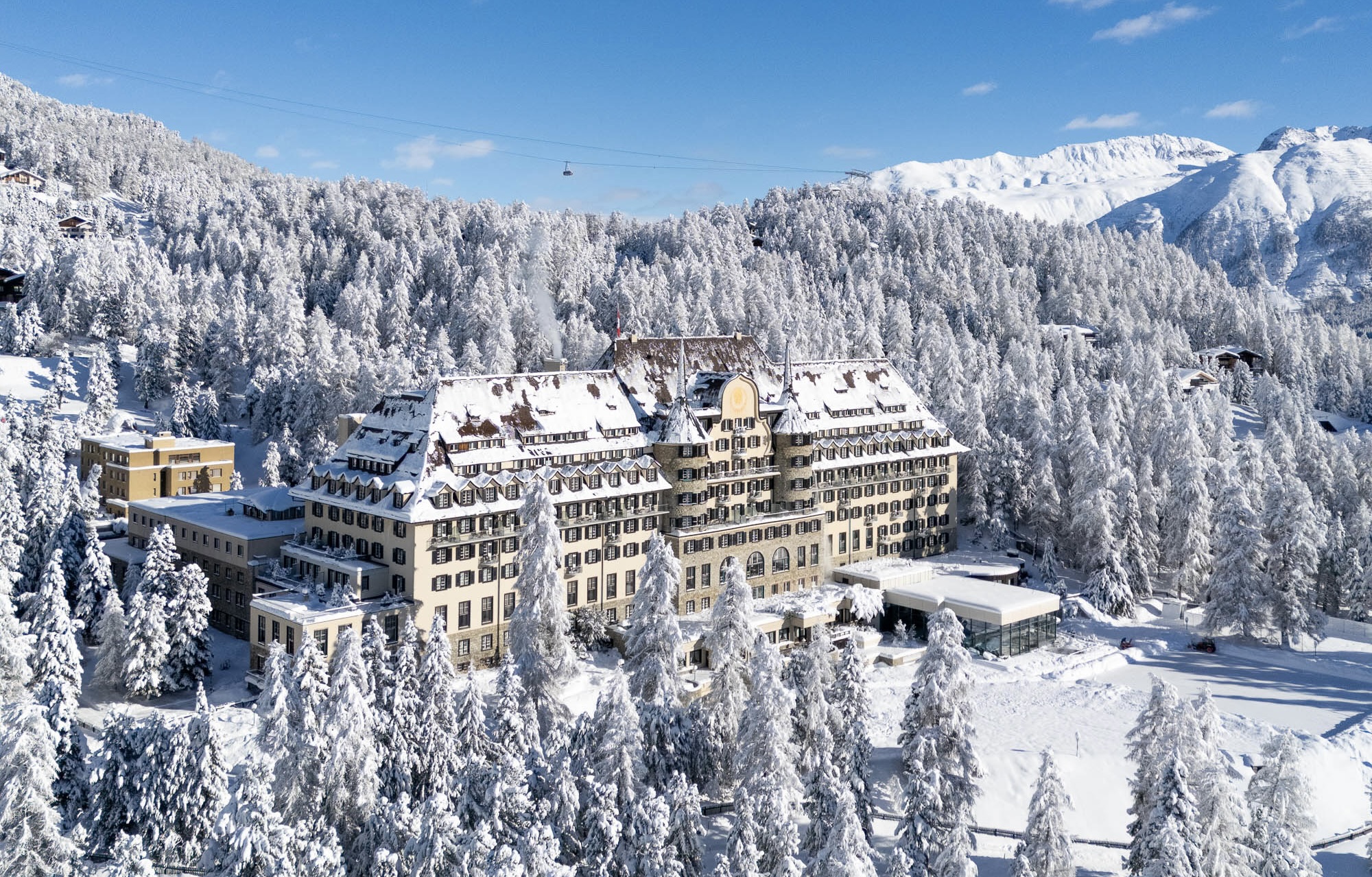
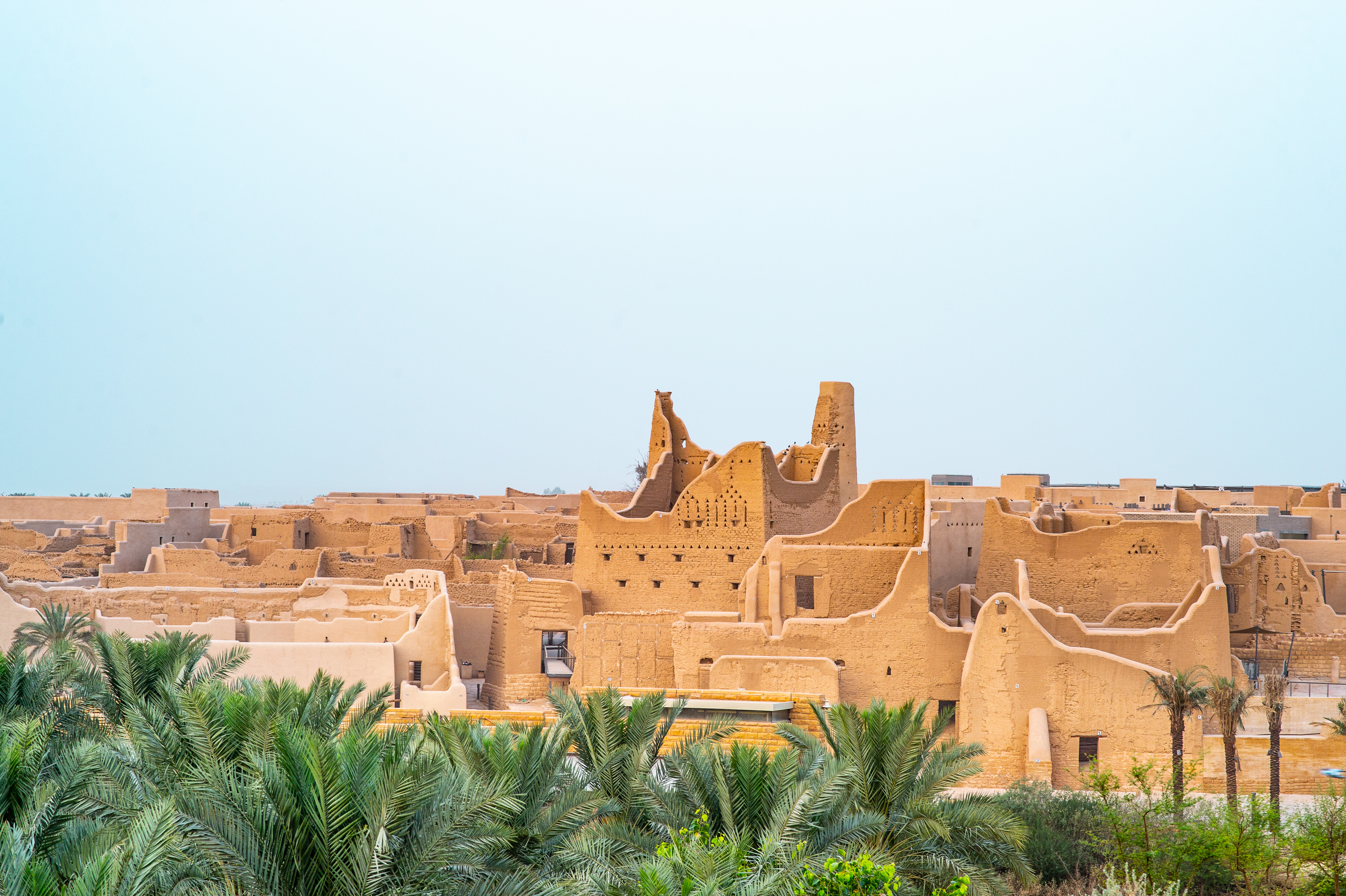
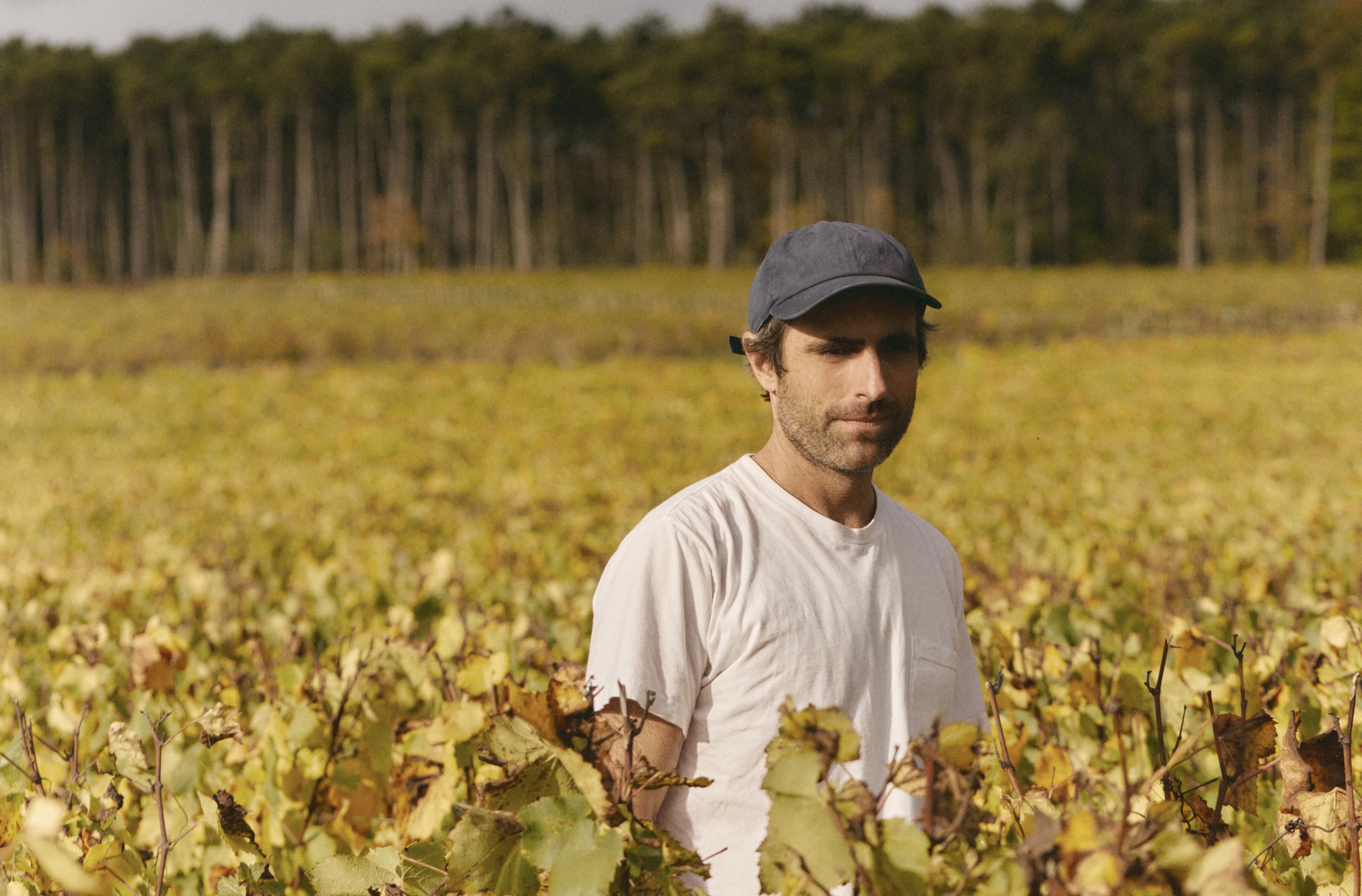
Recent Comments